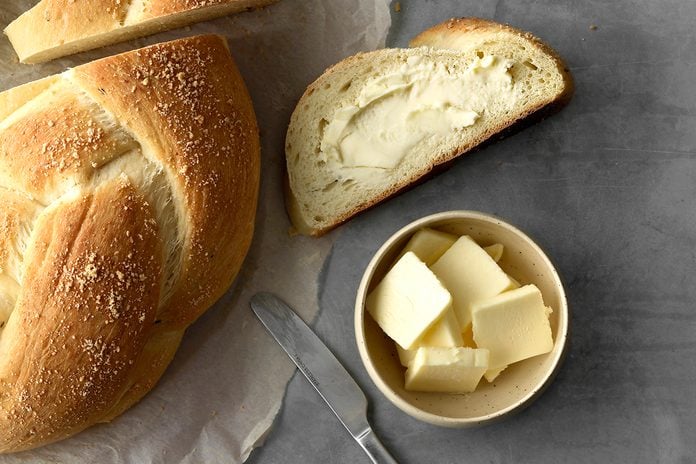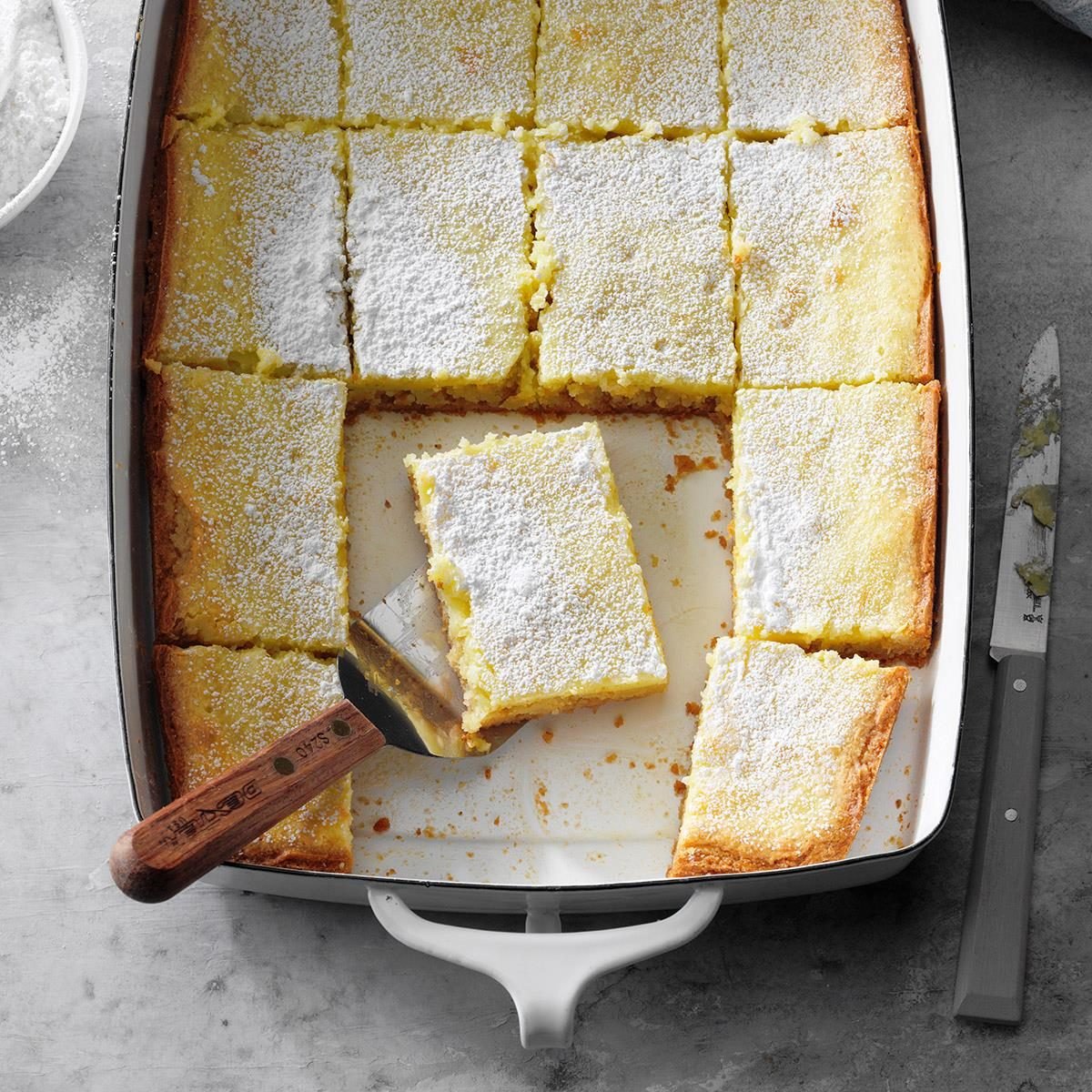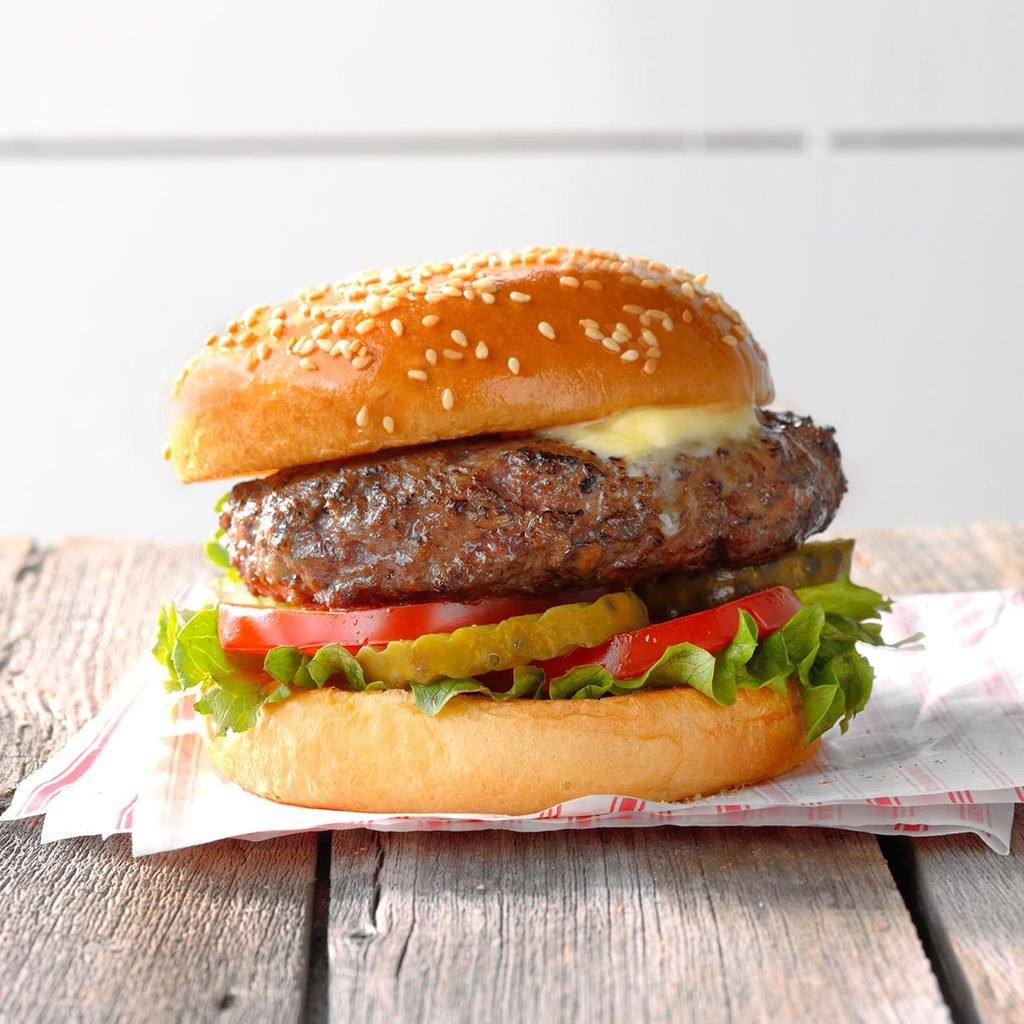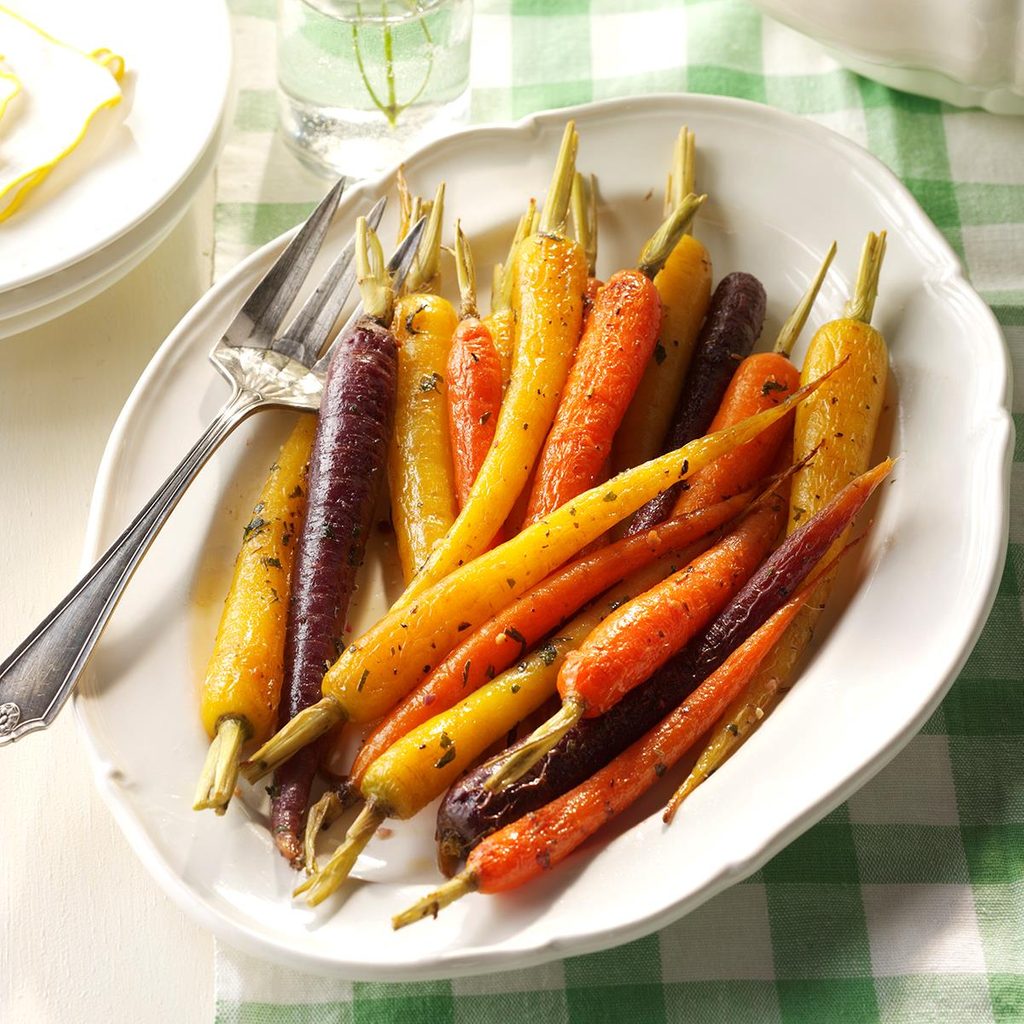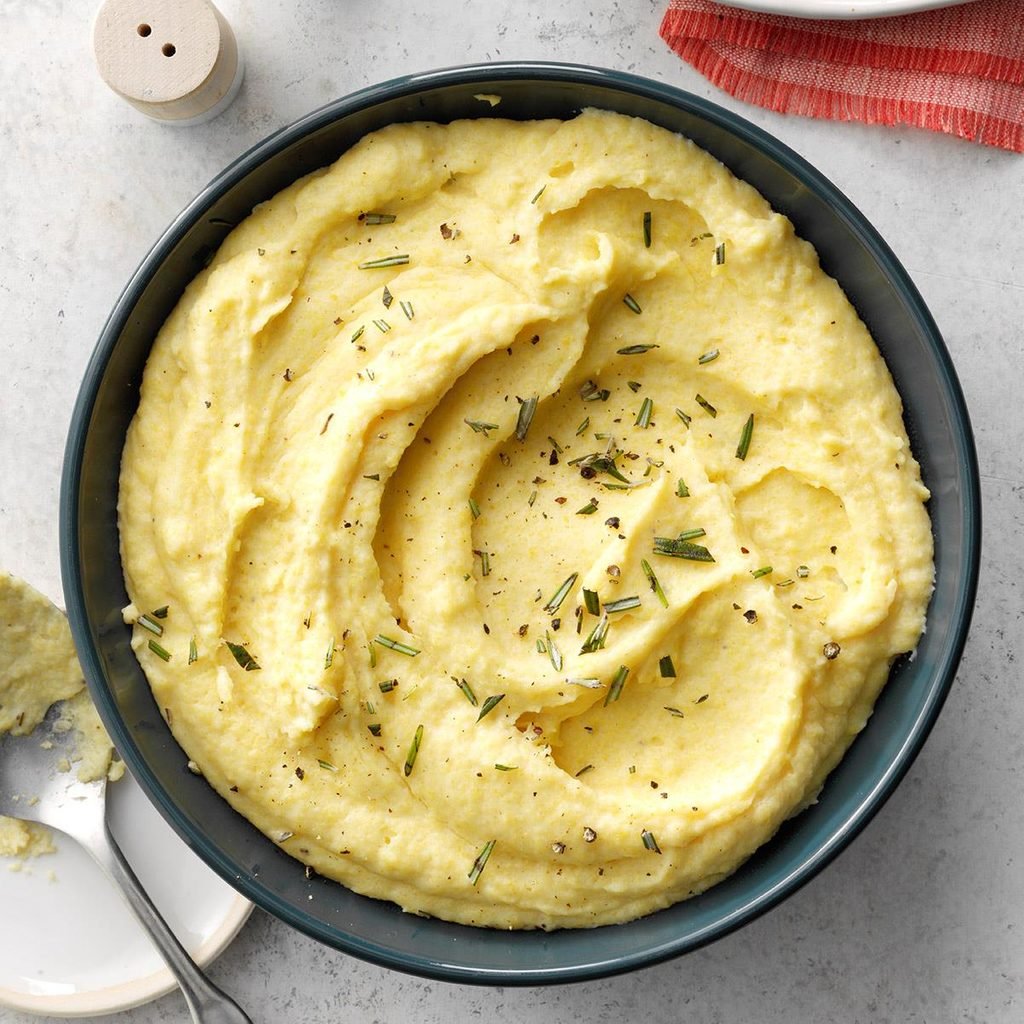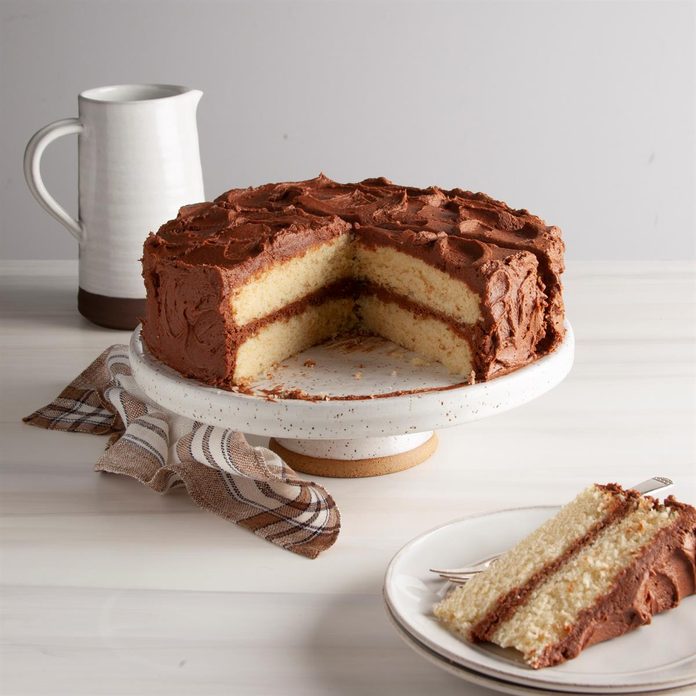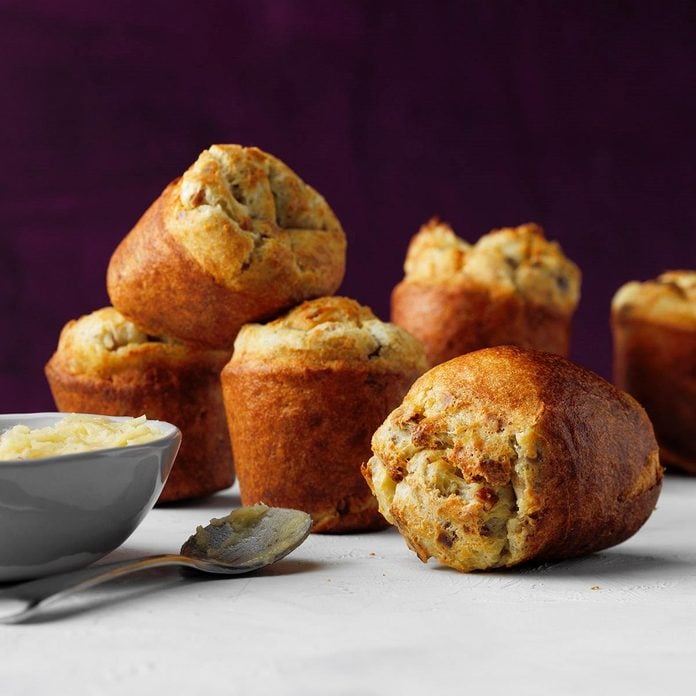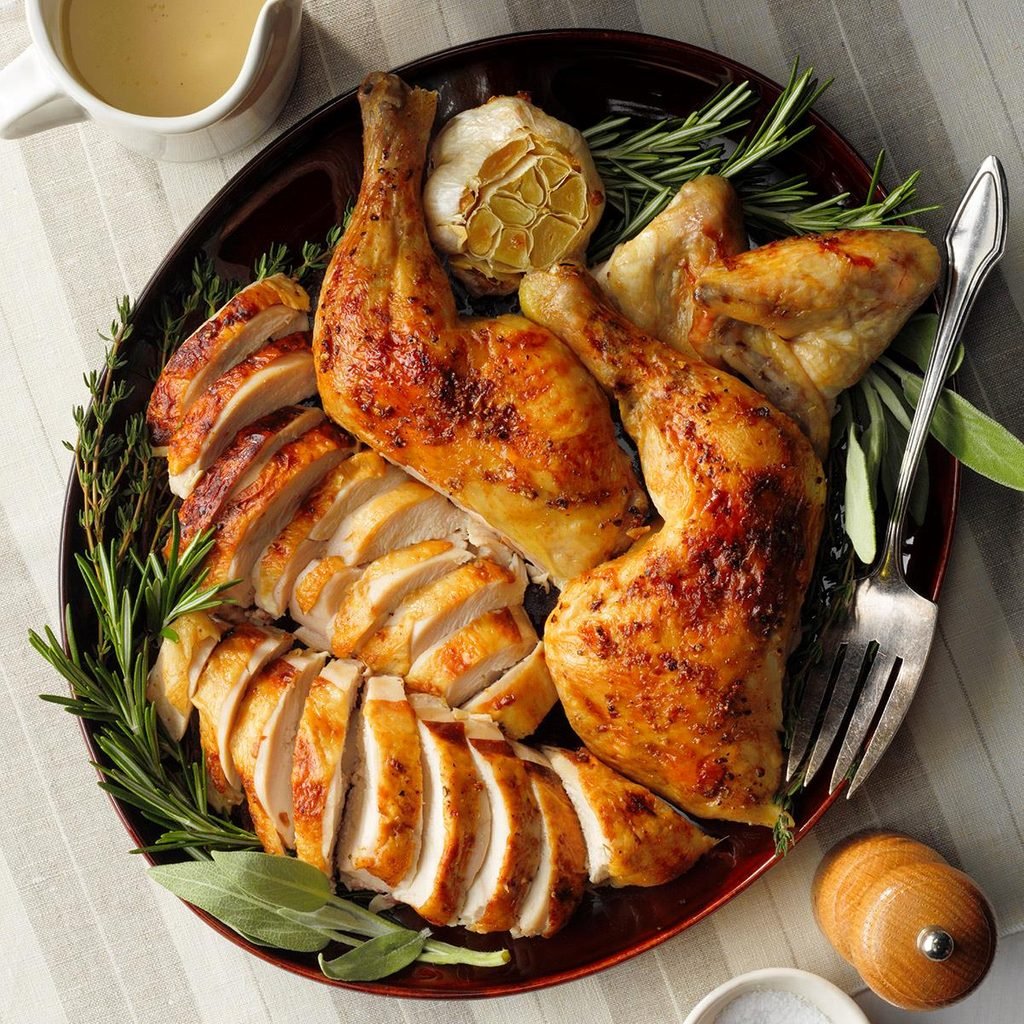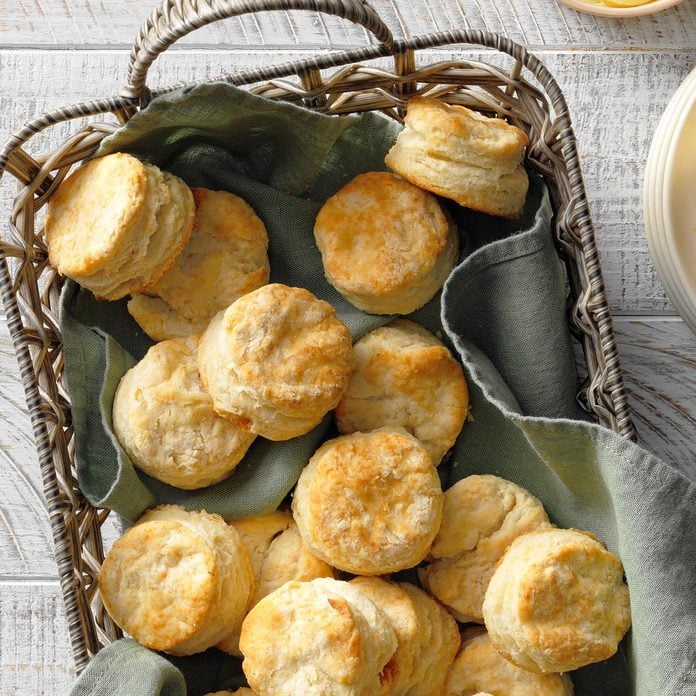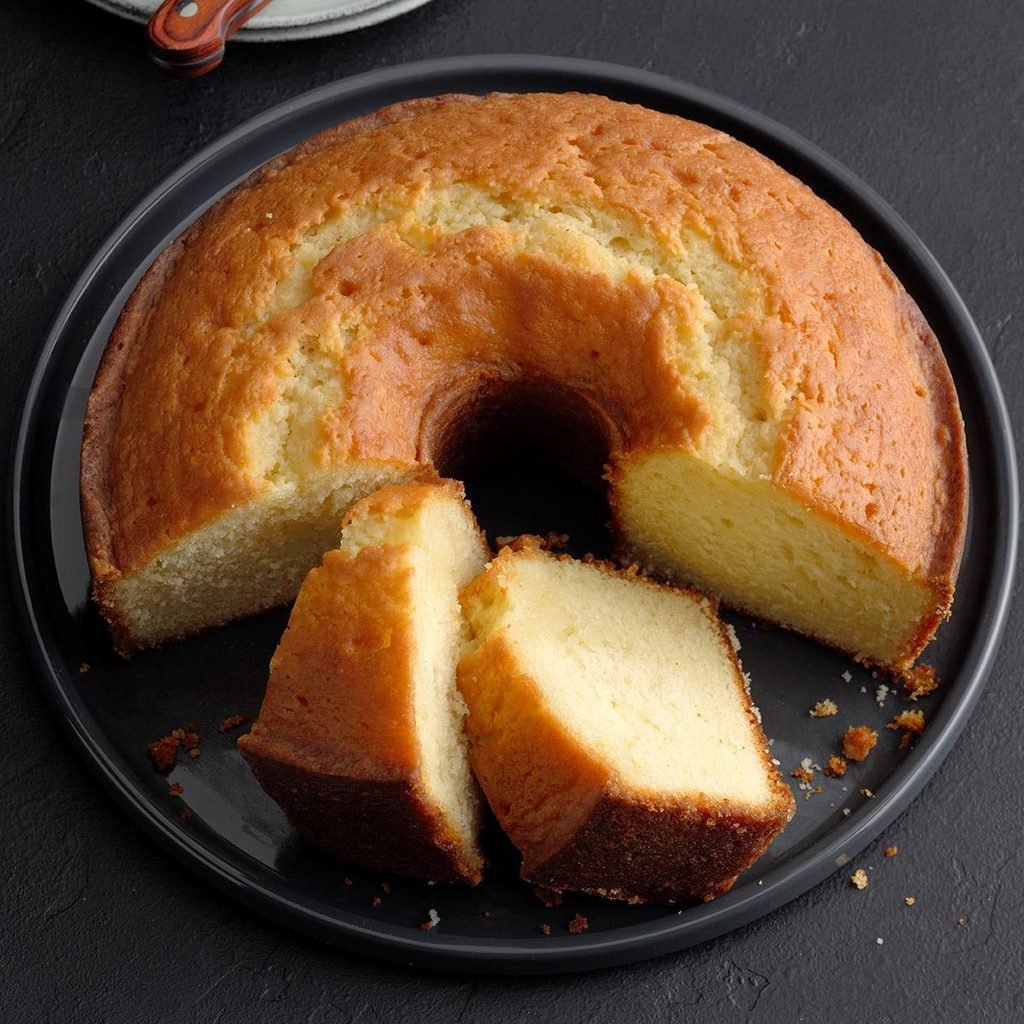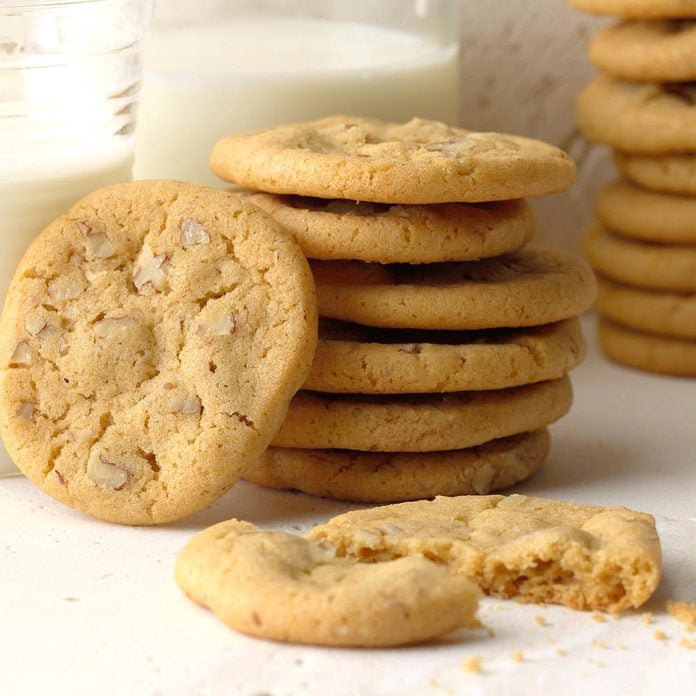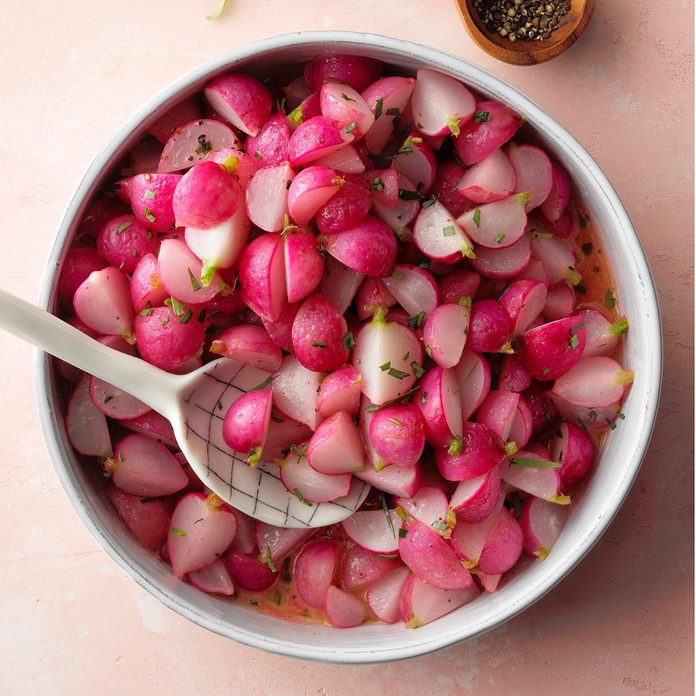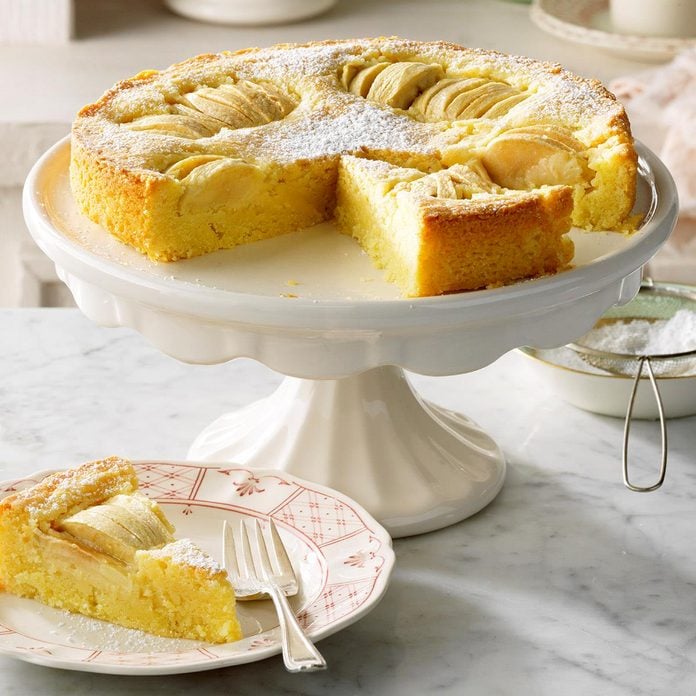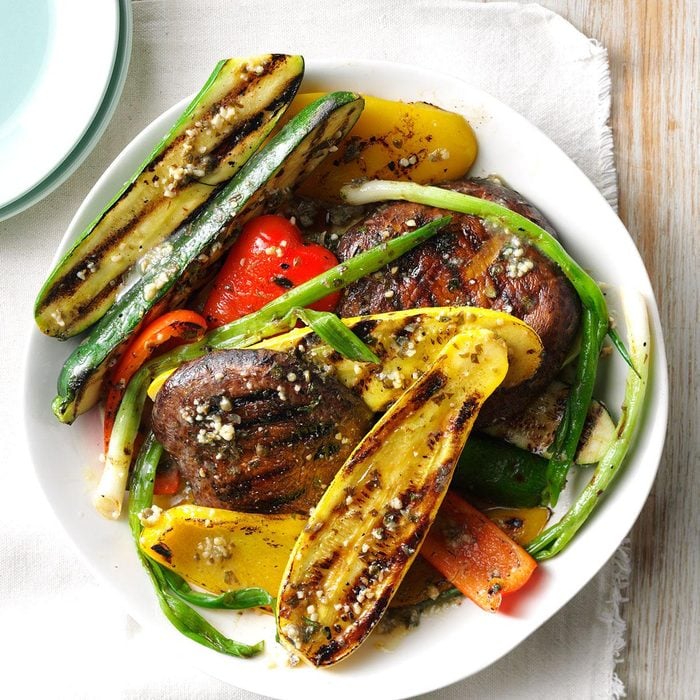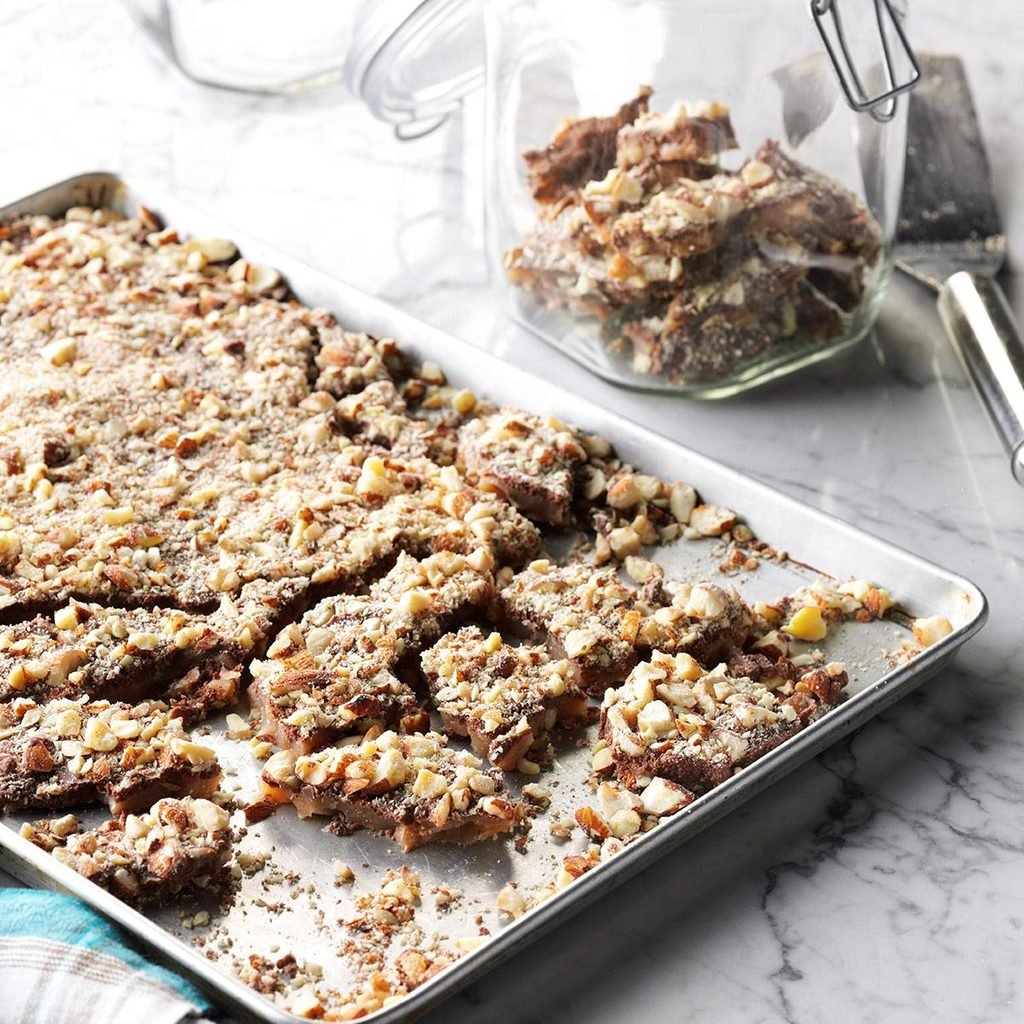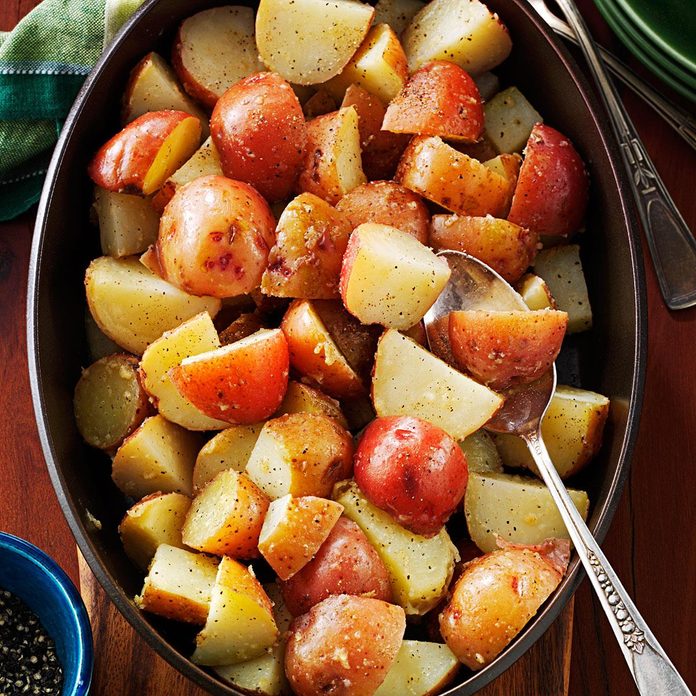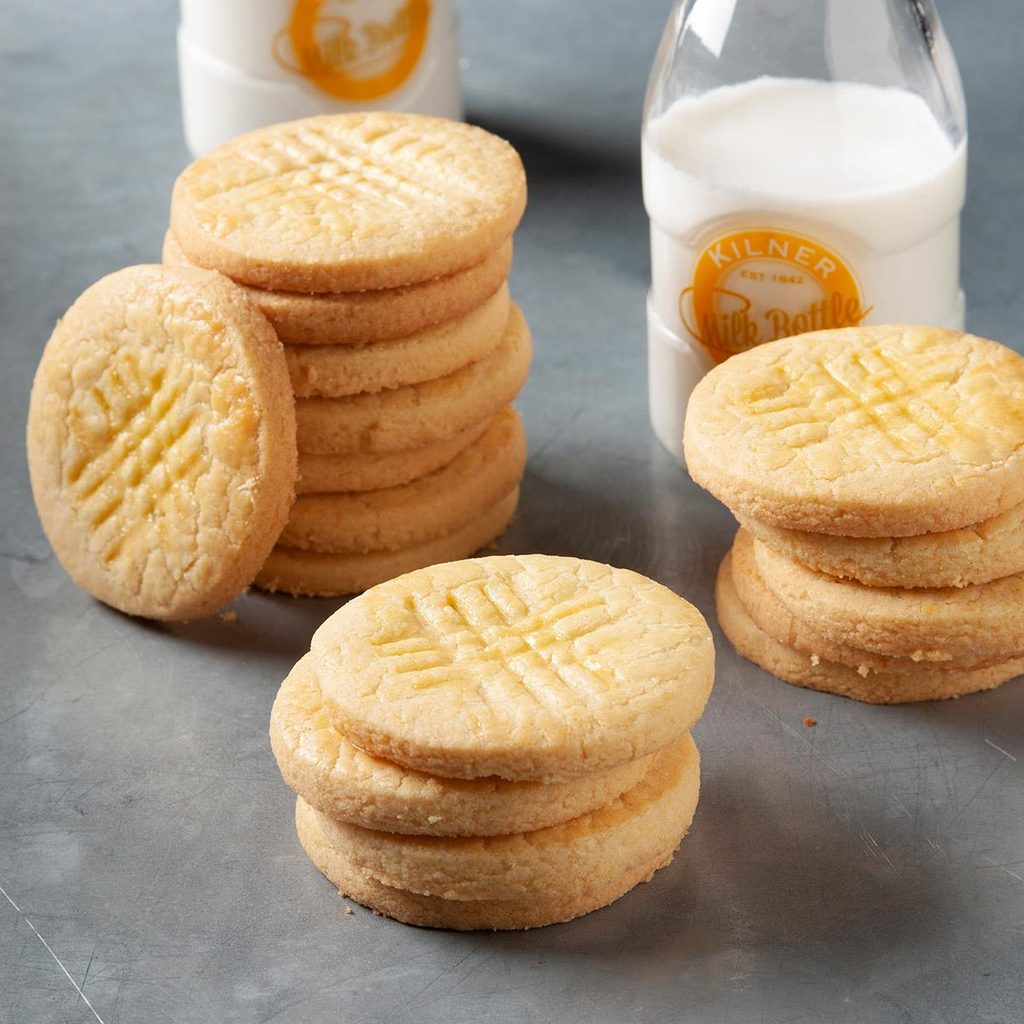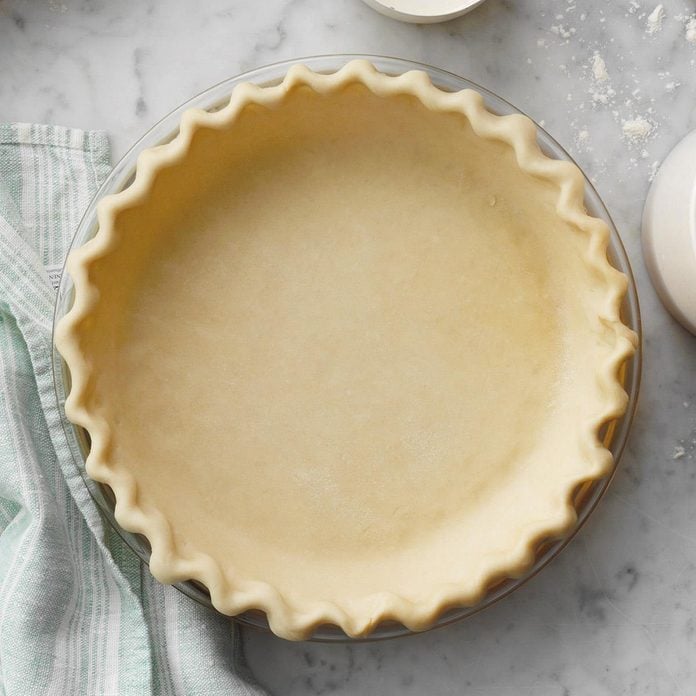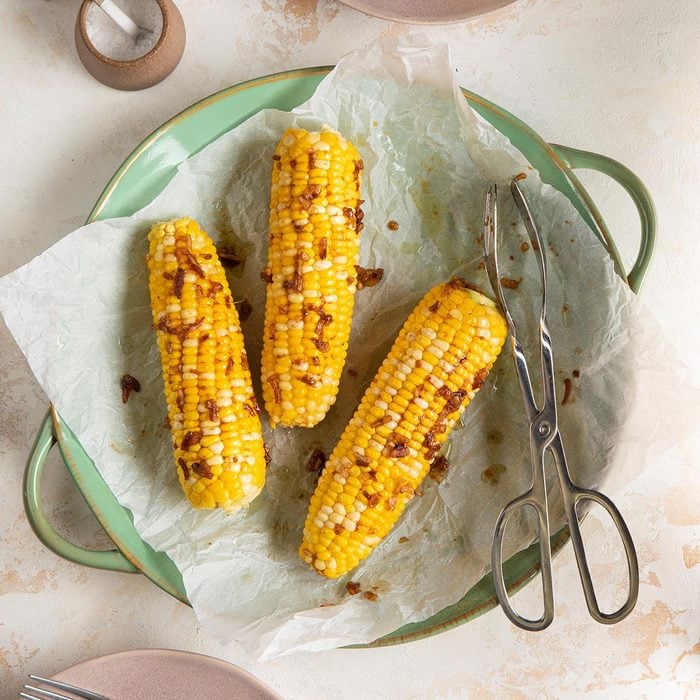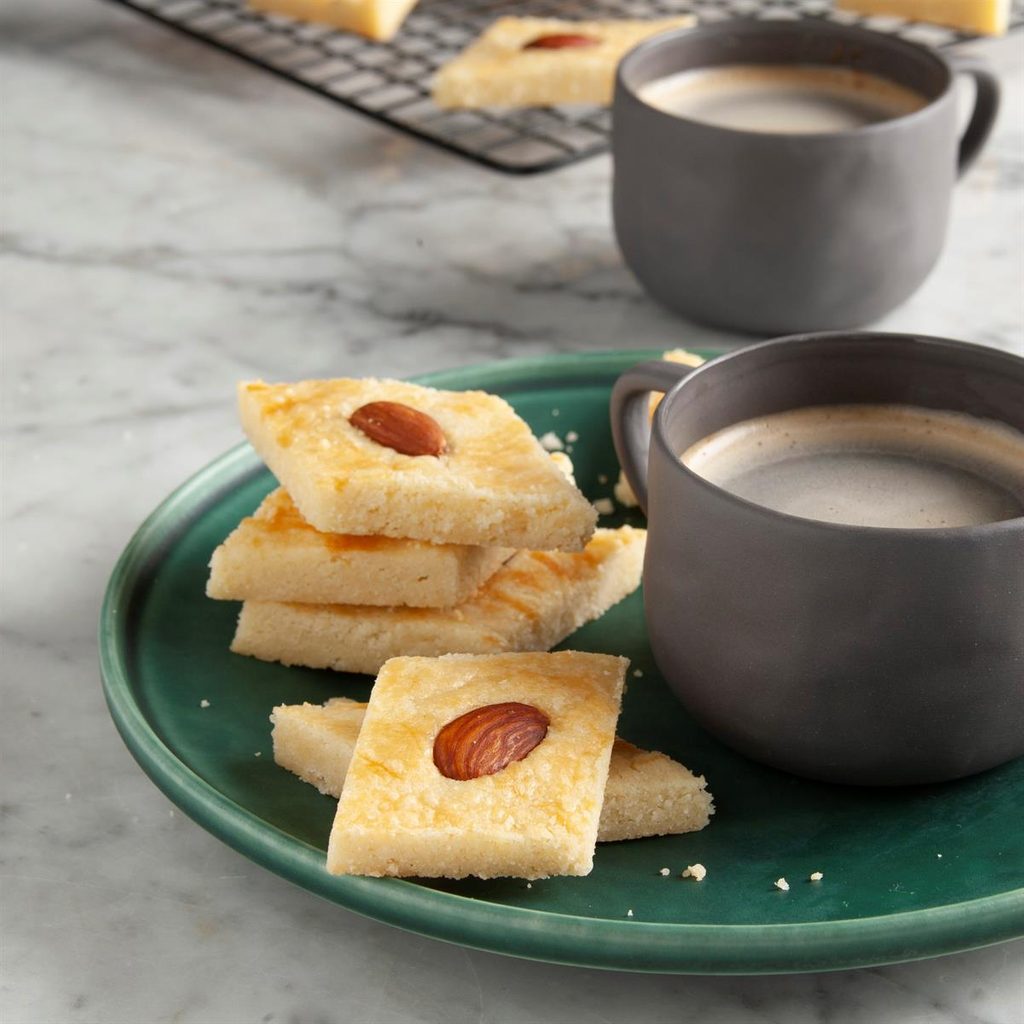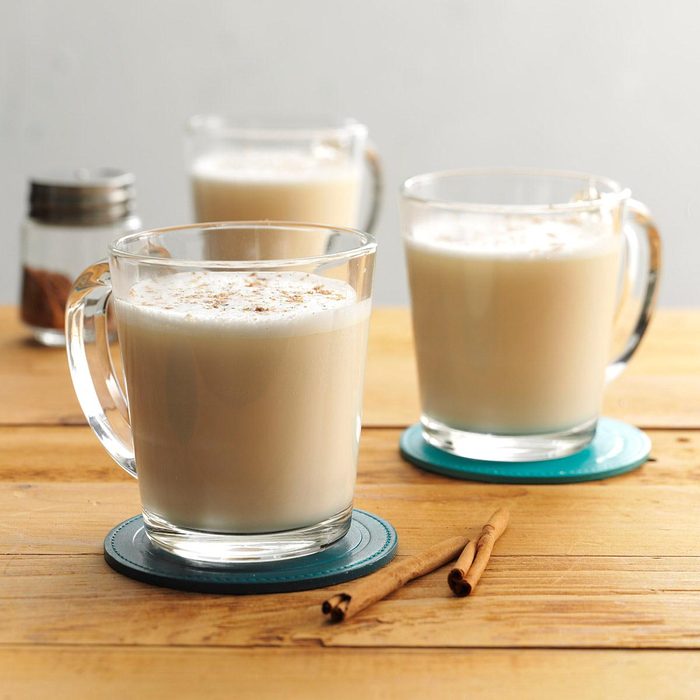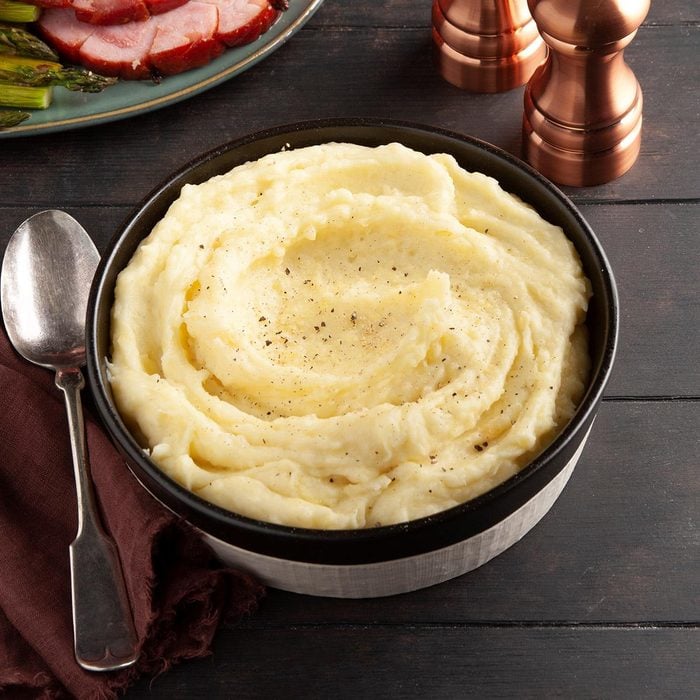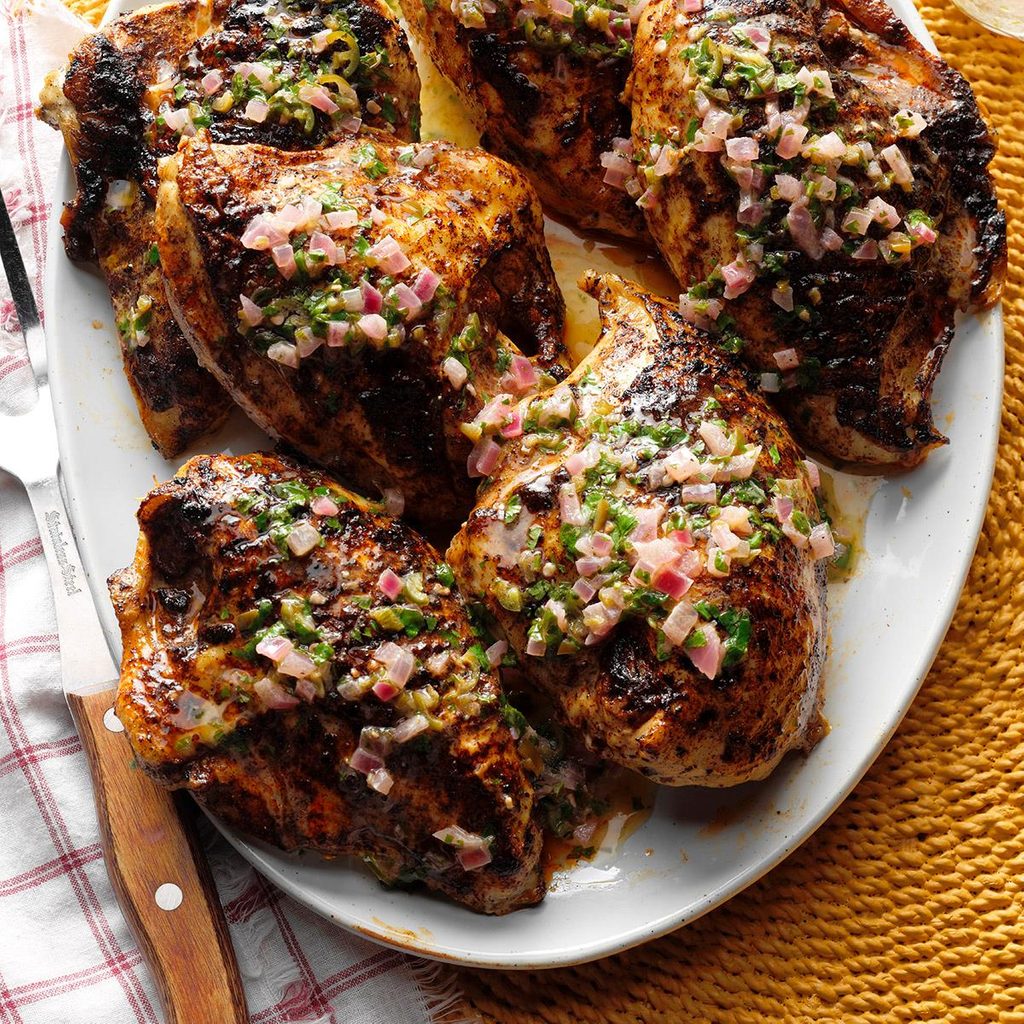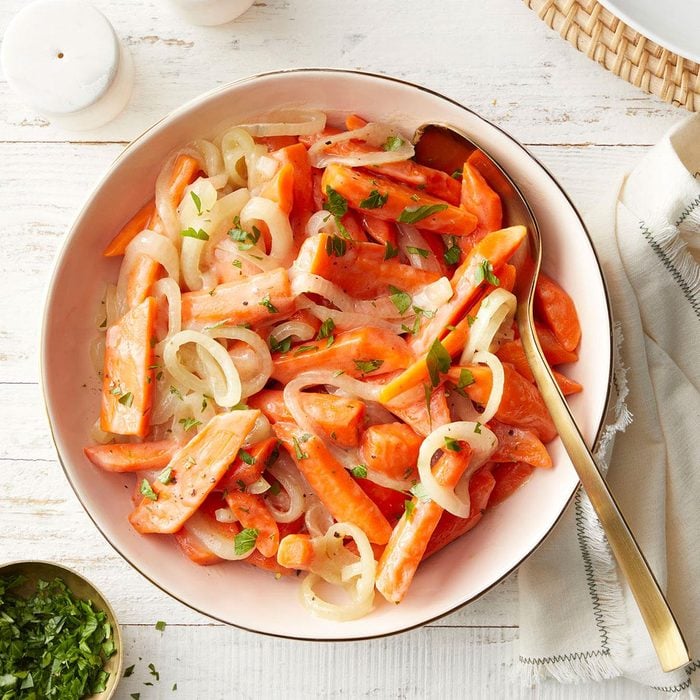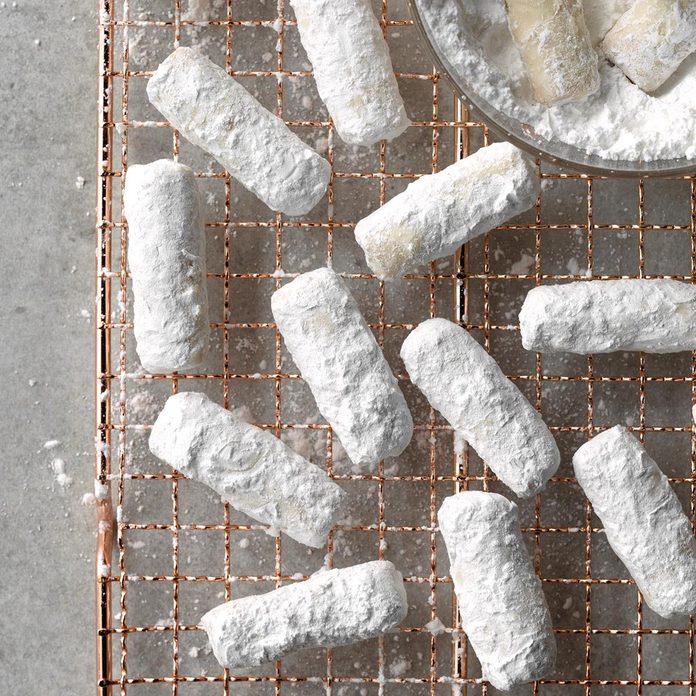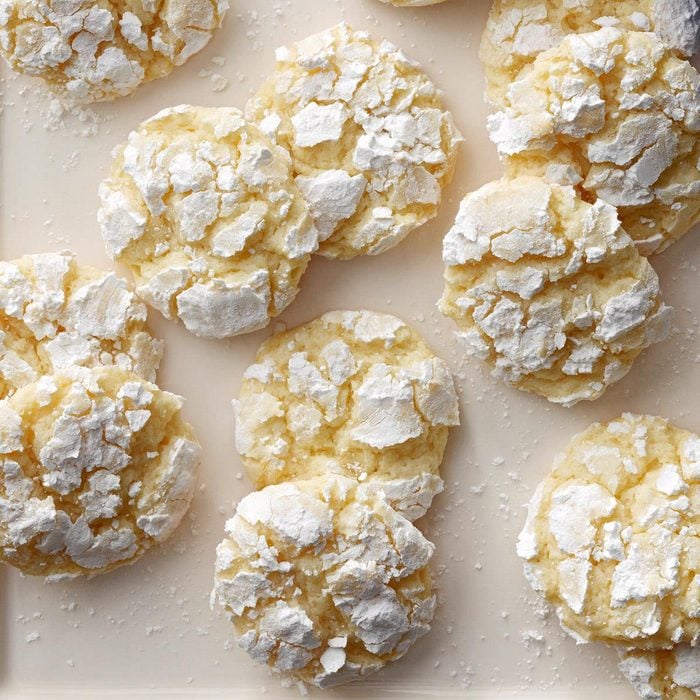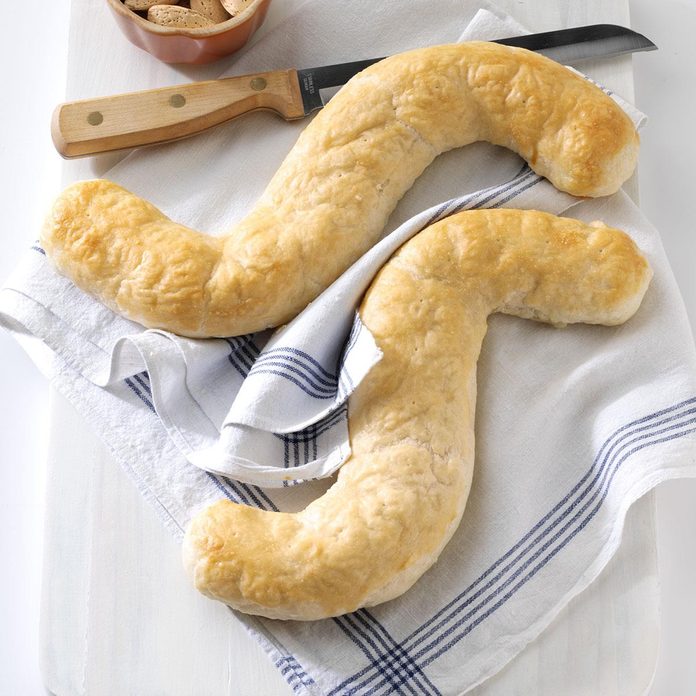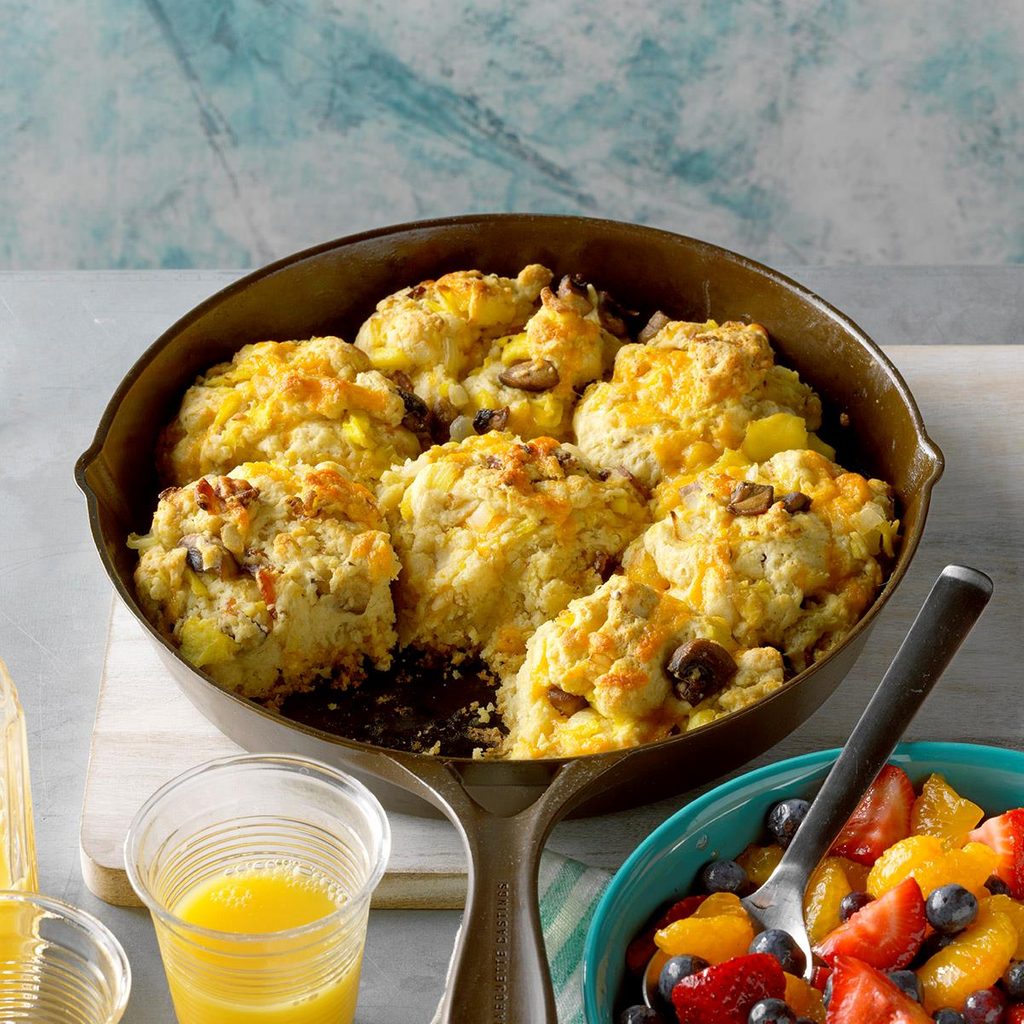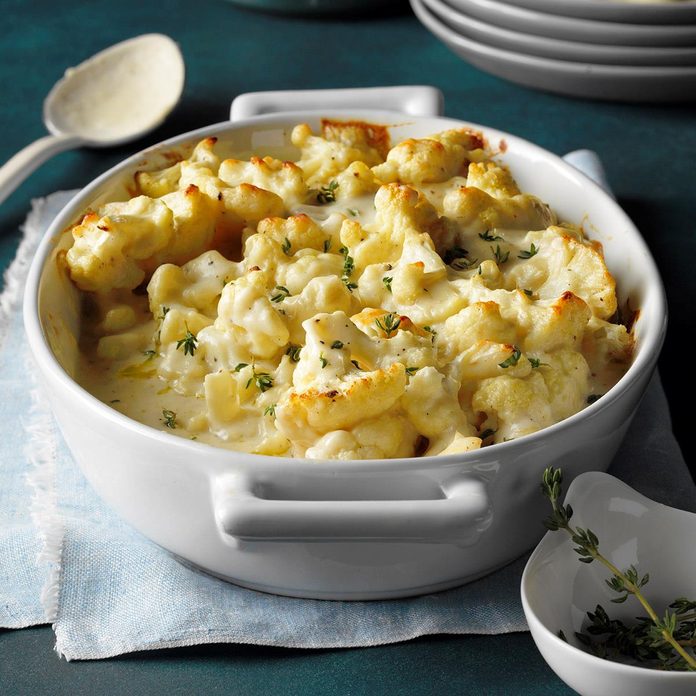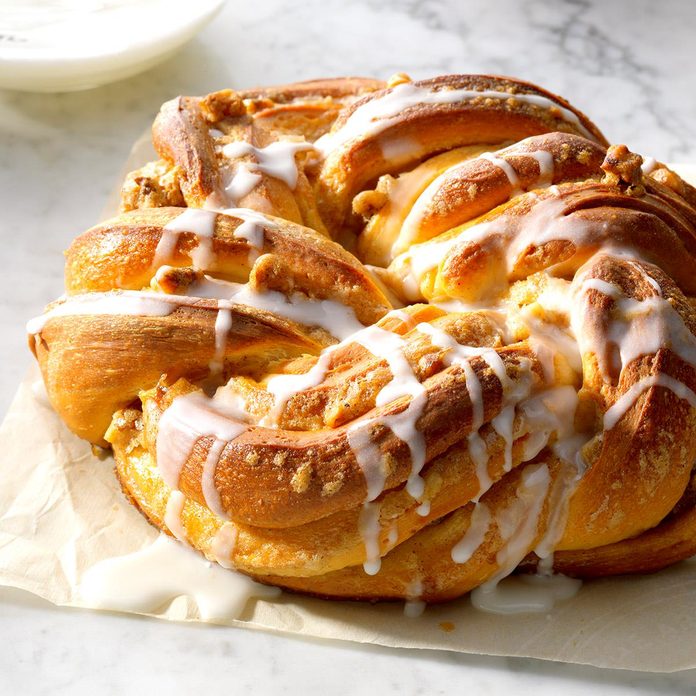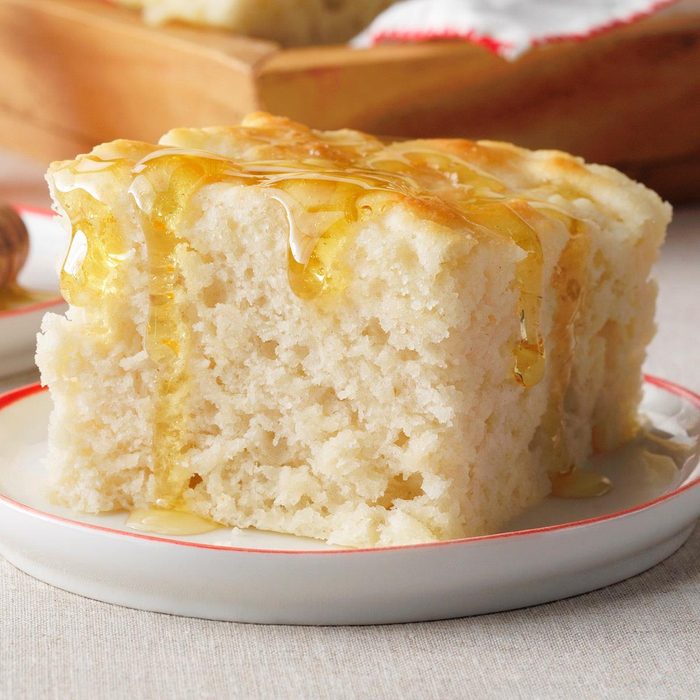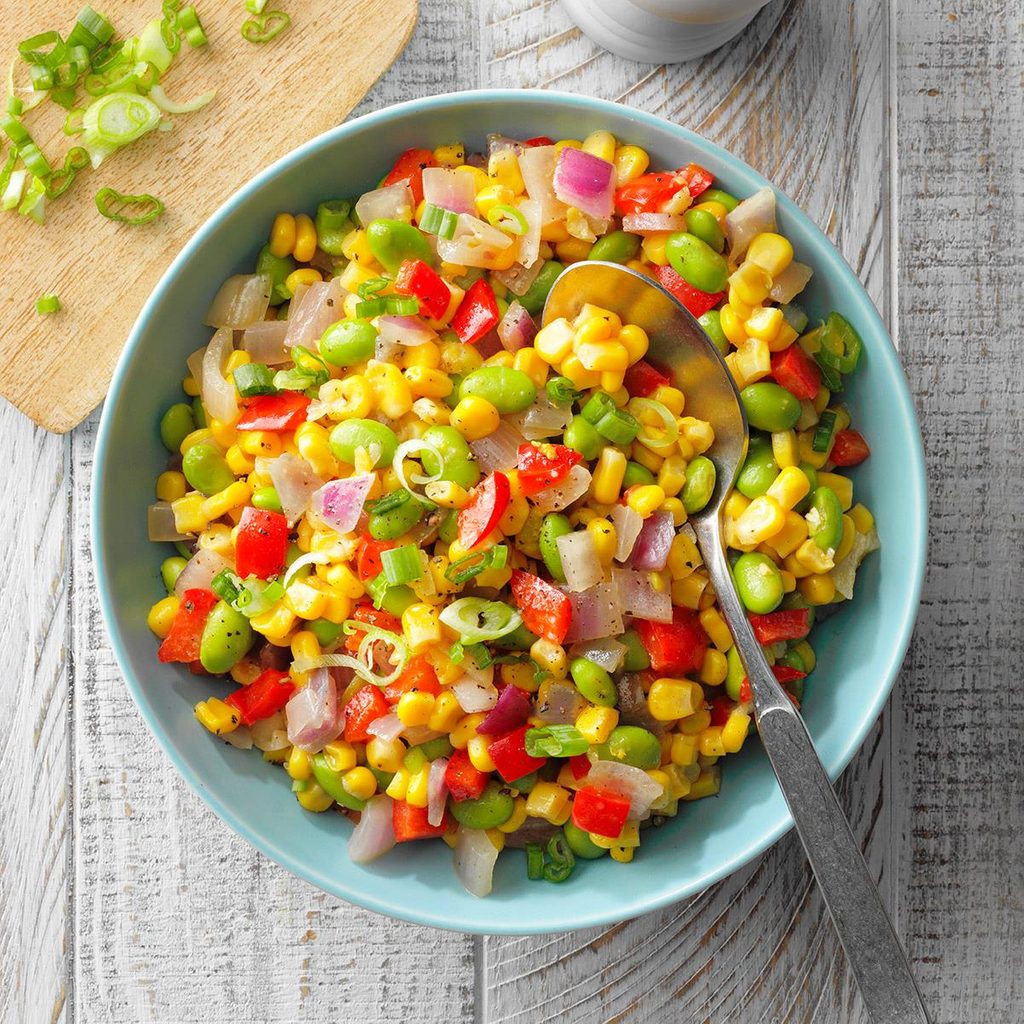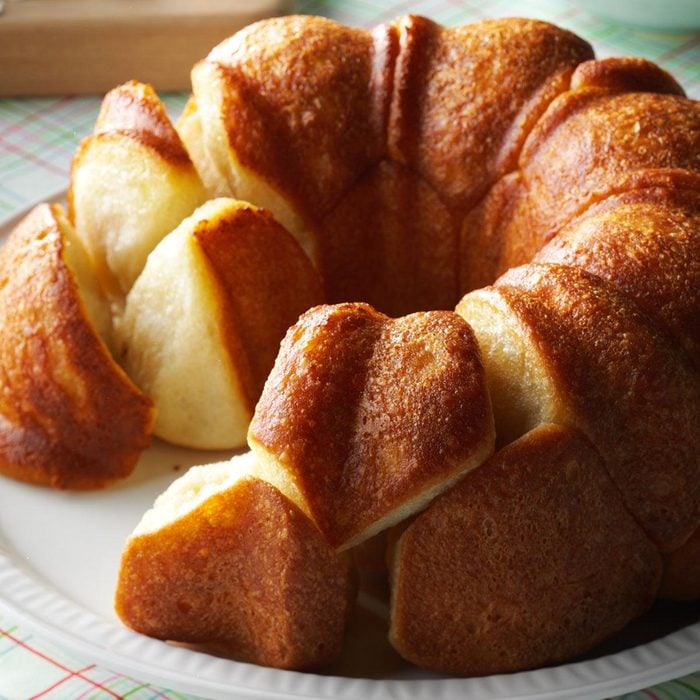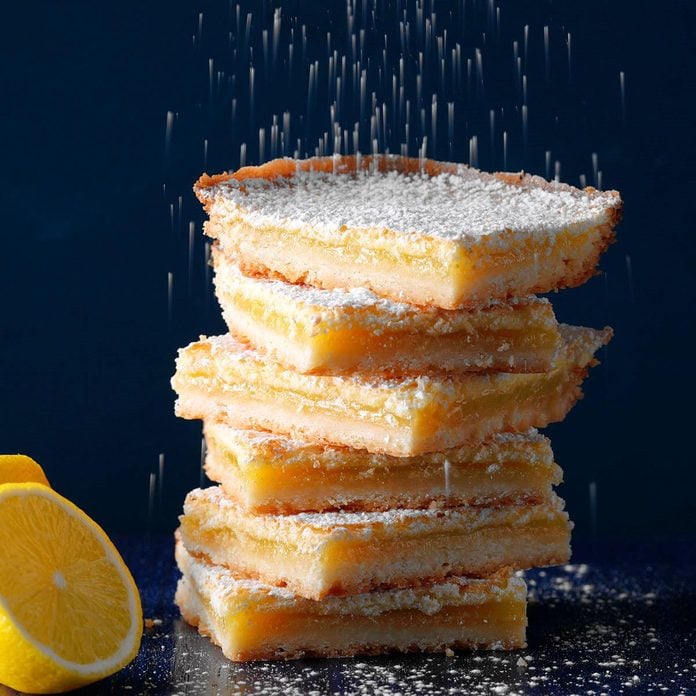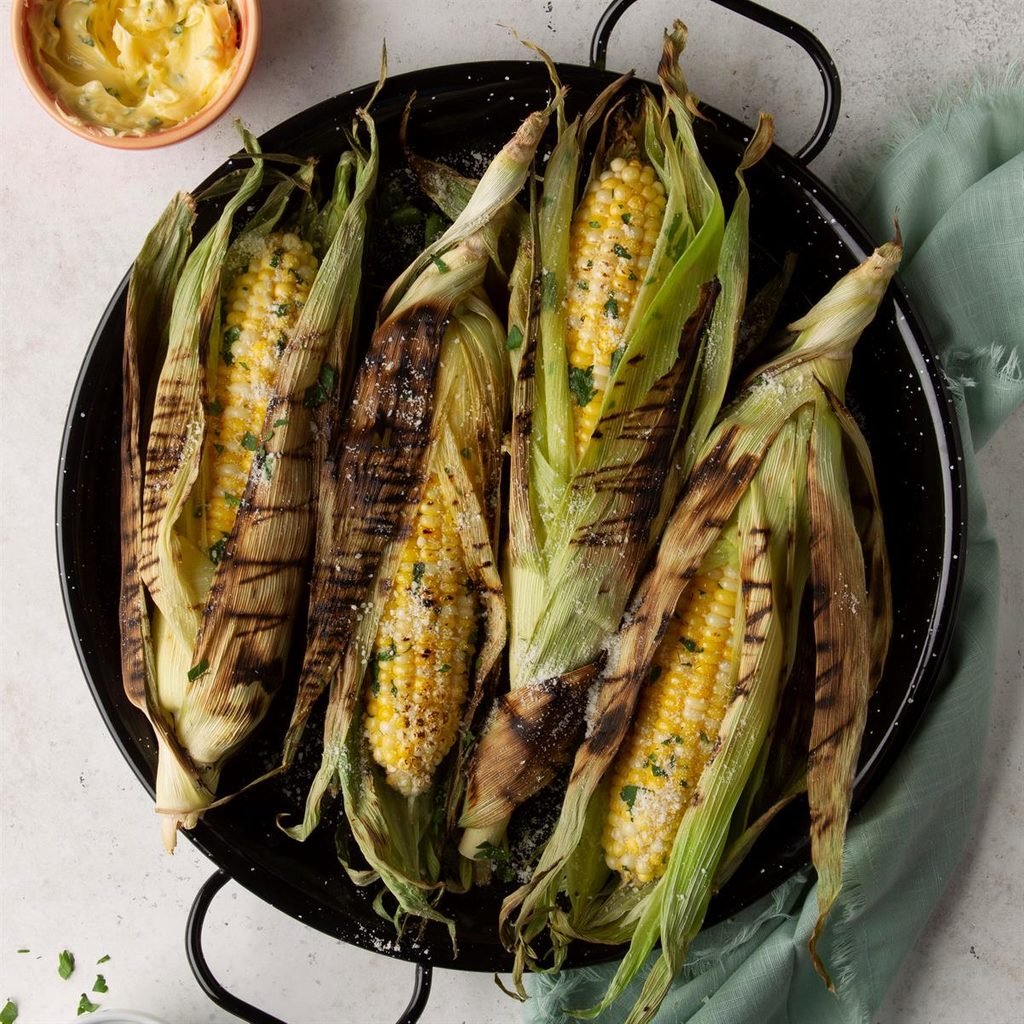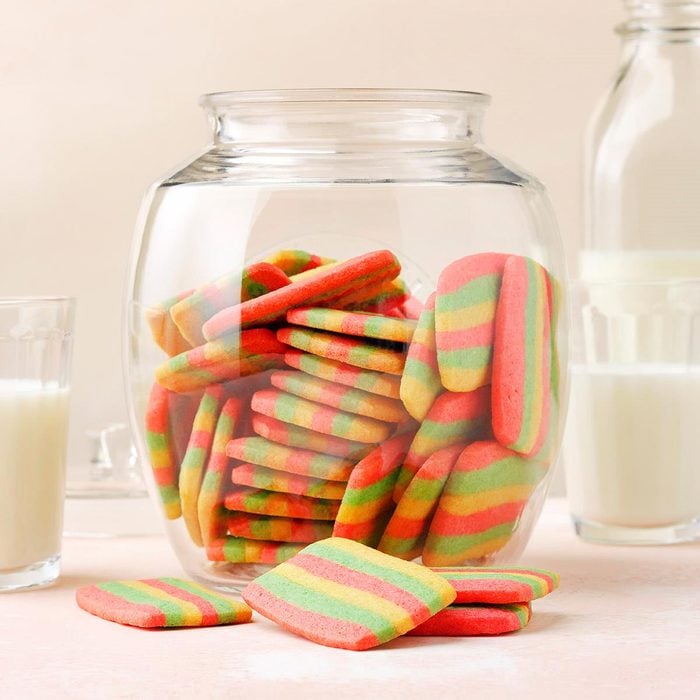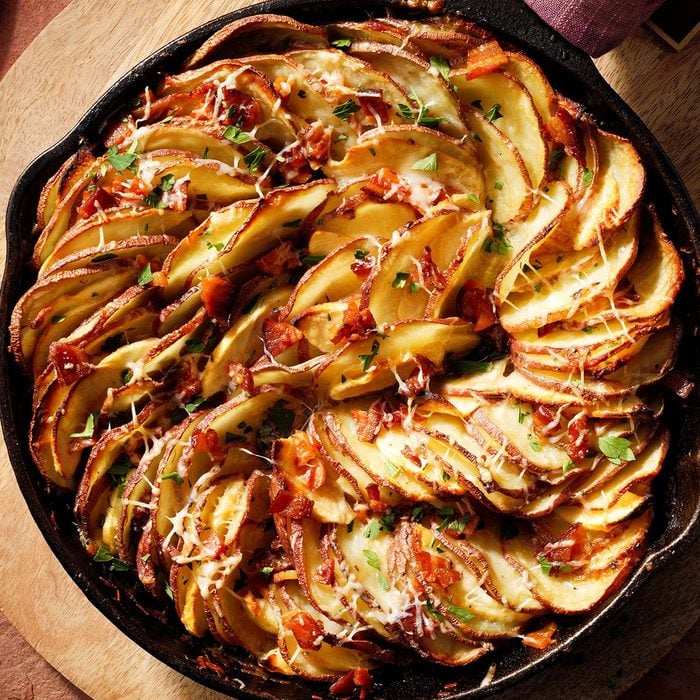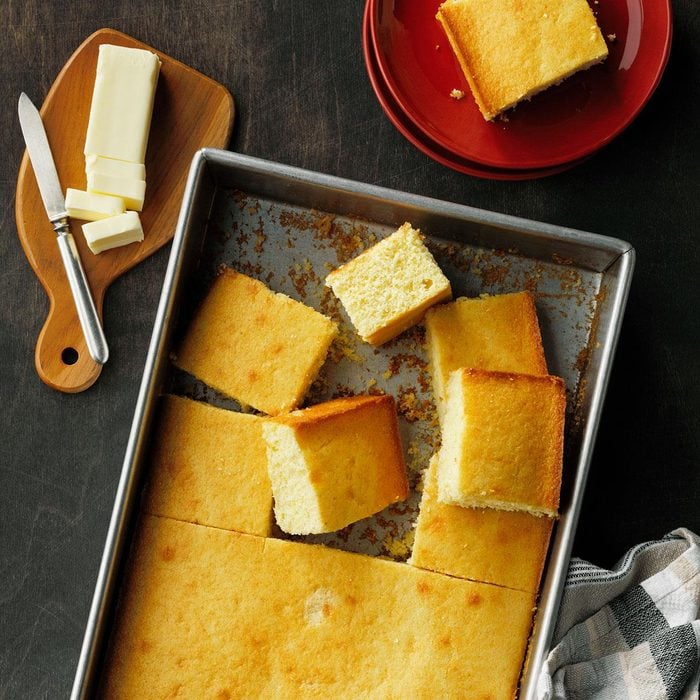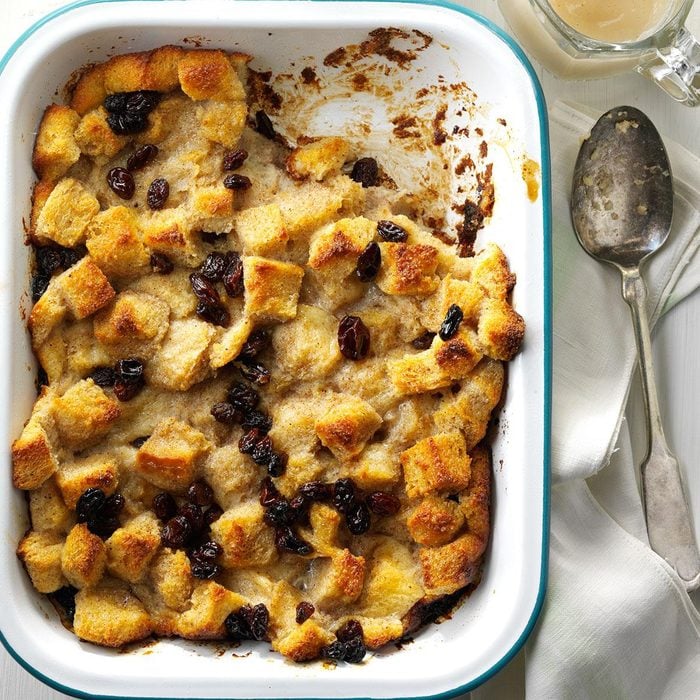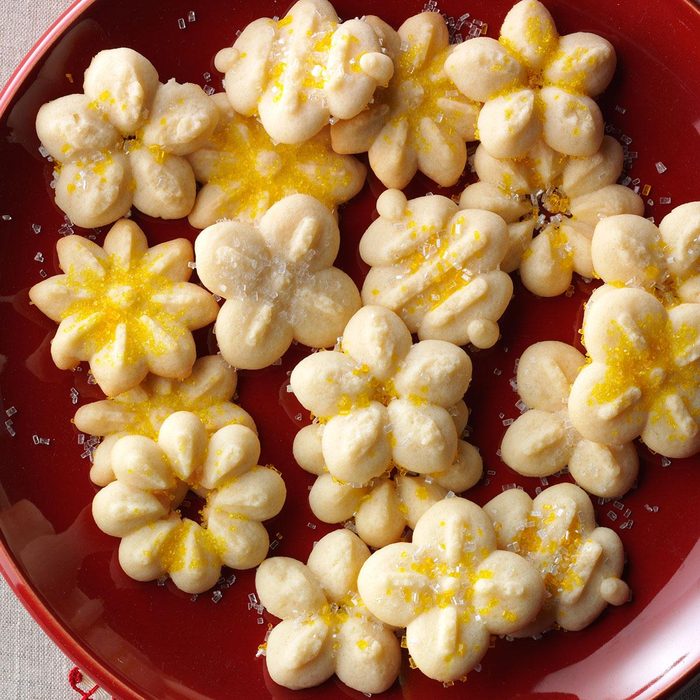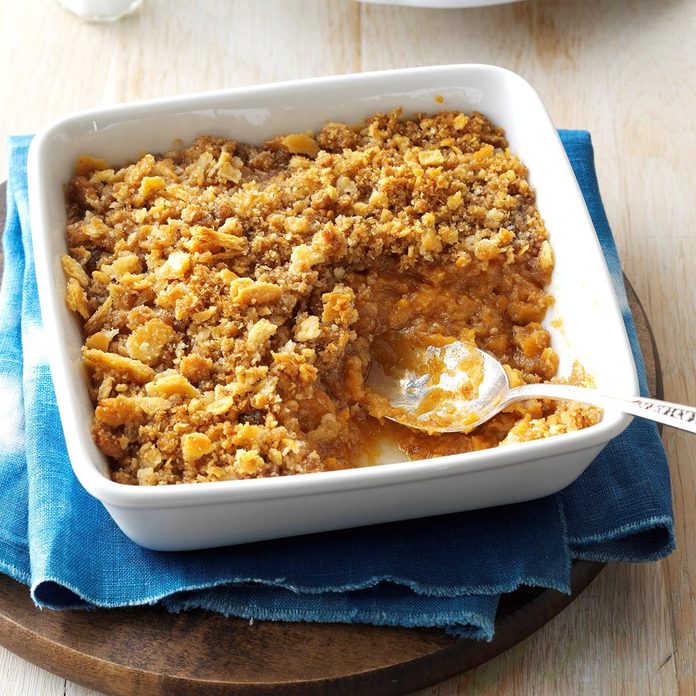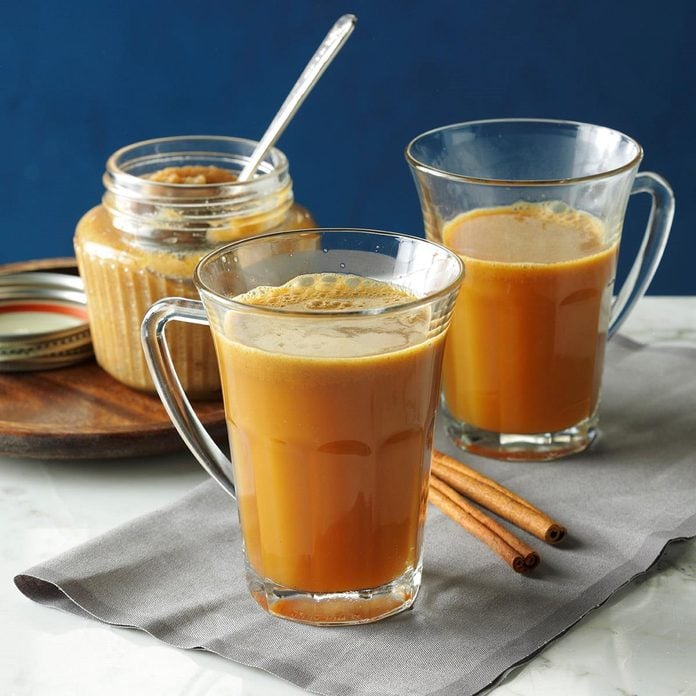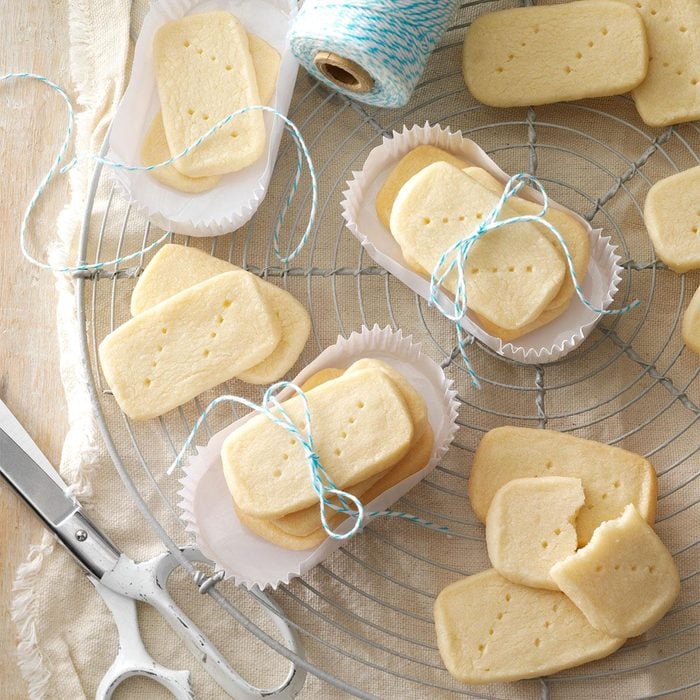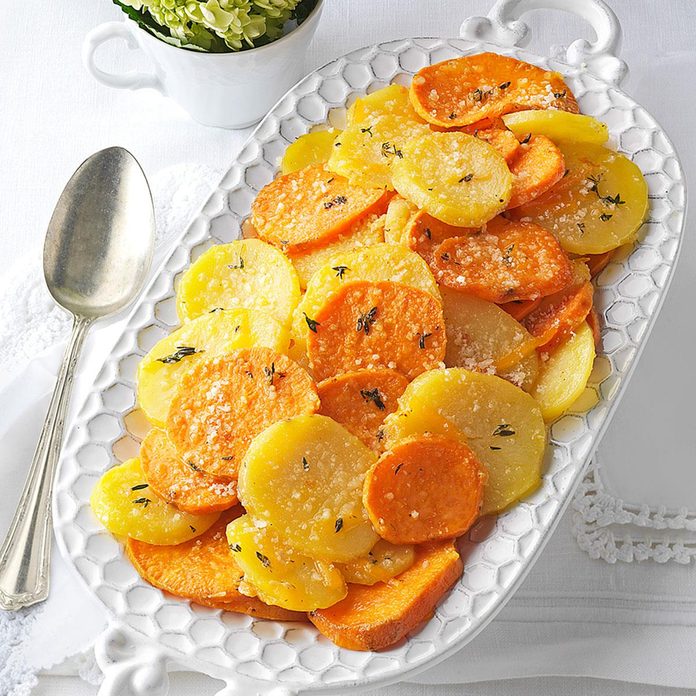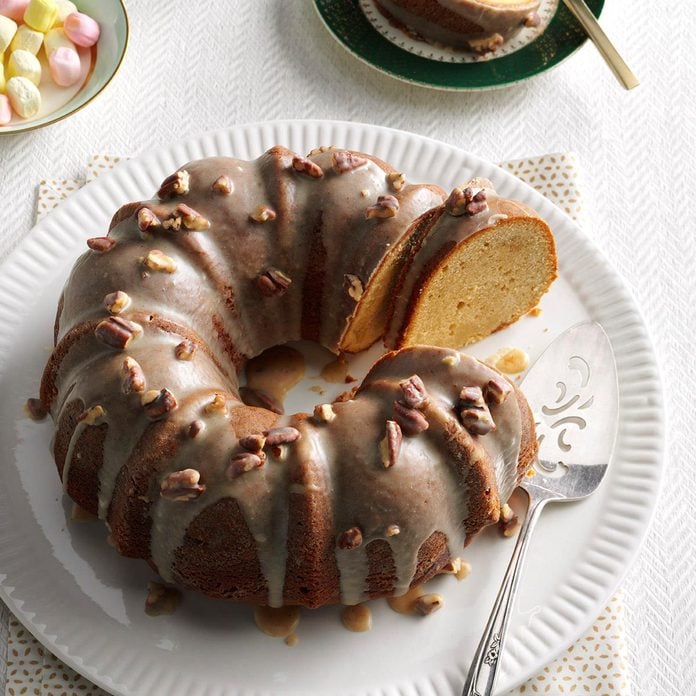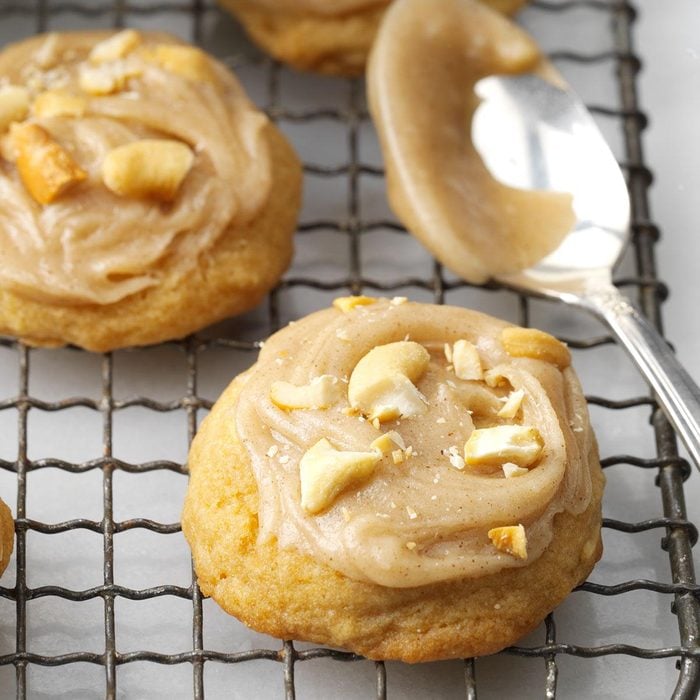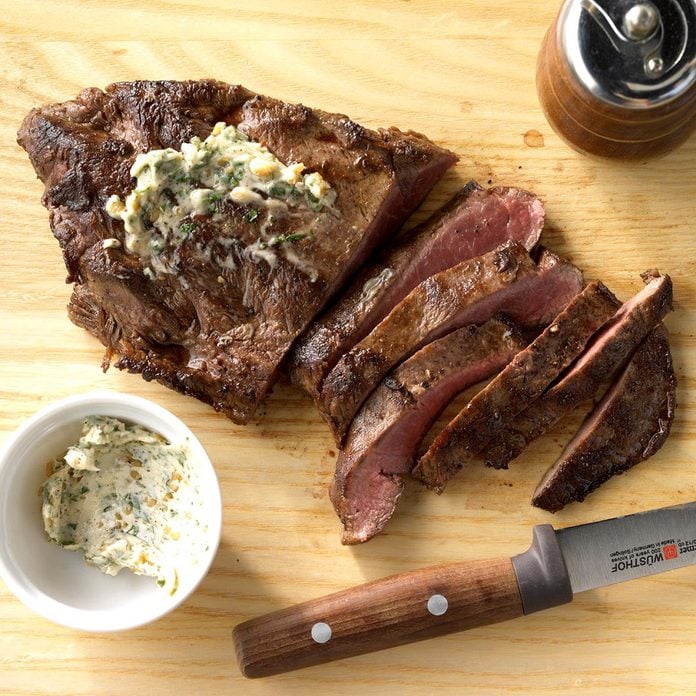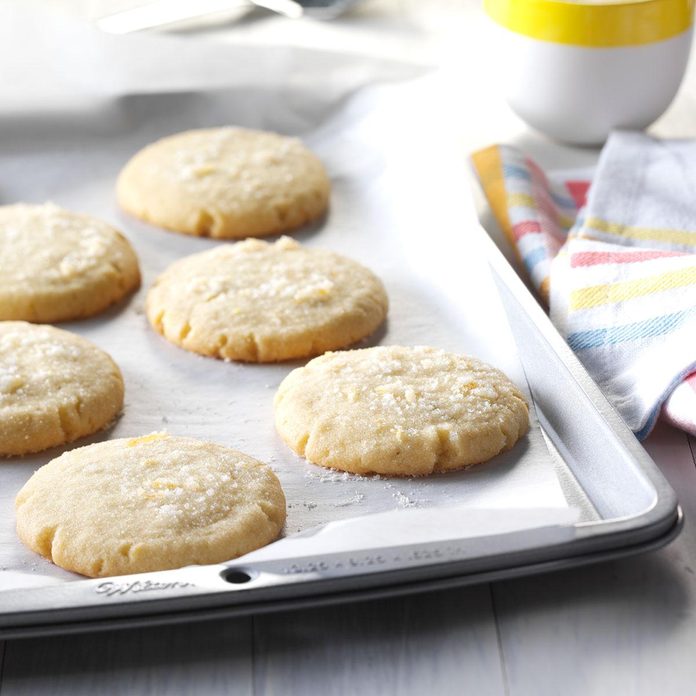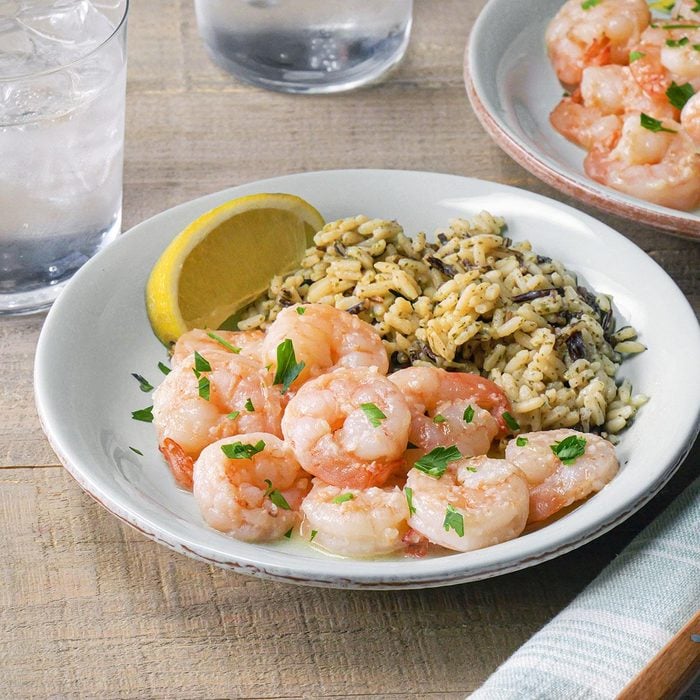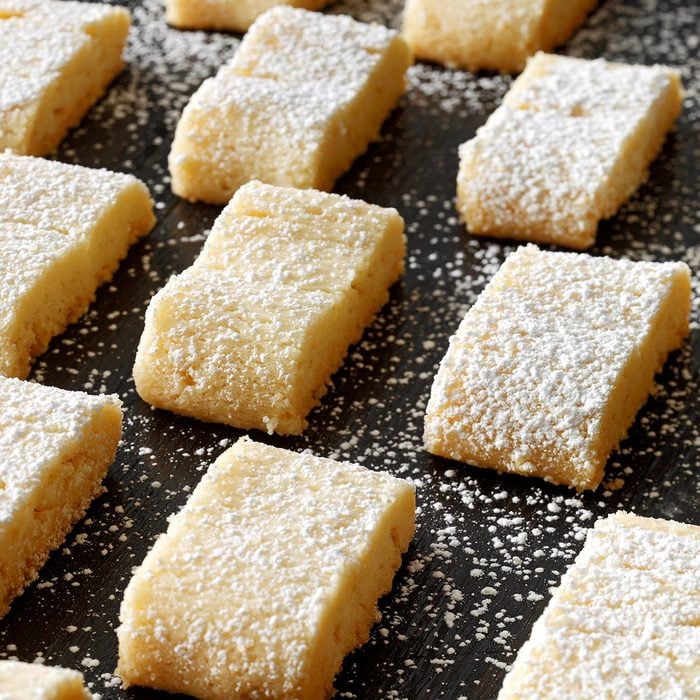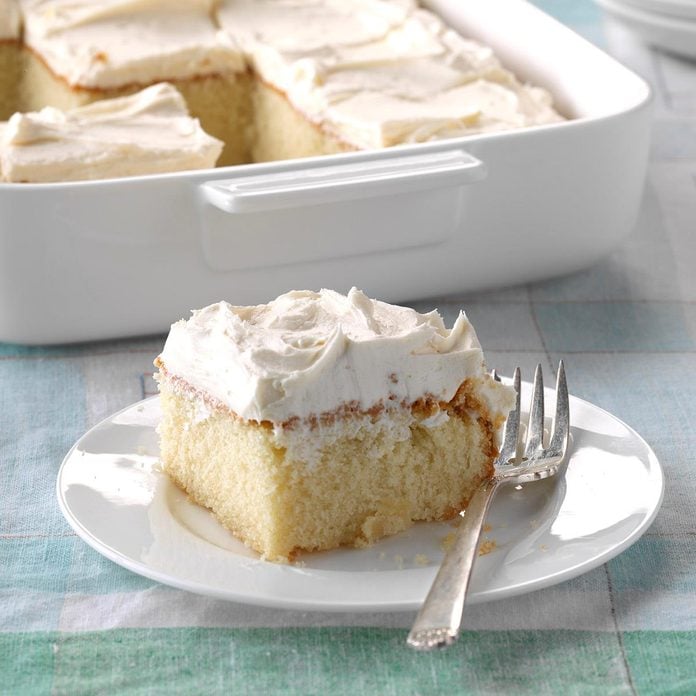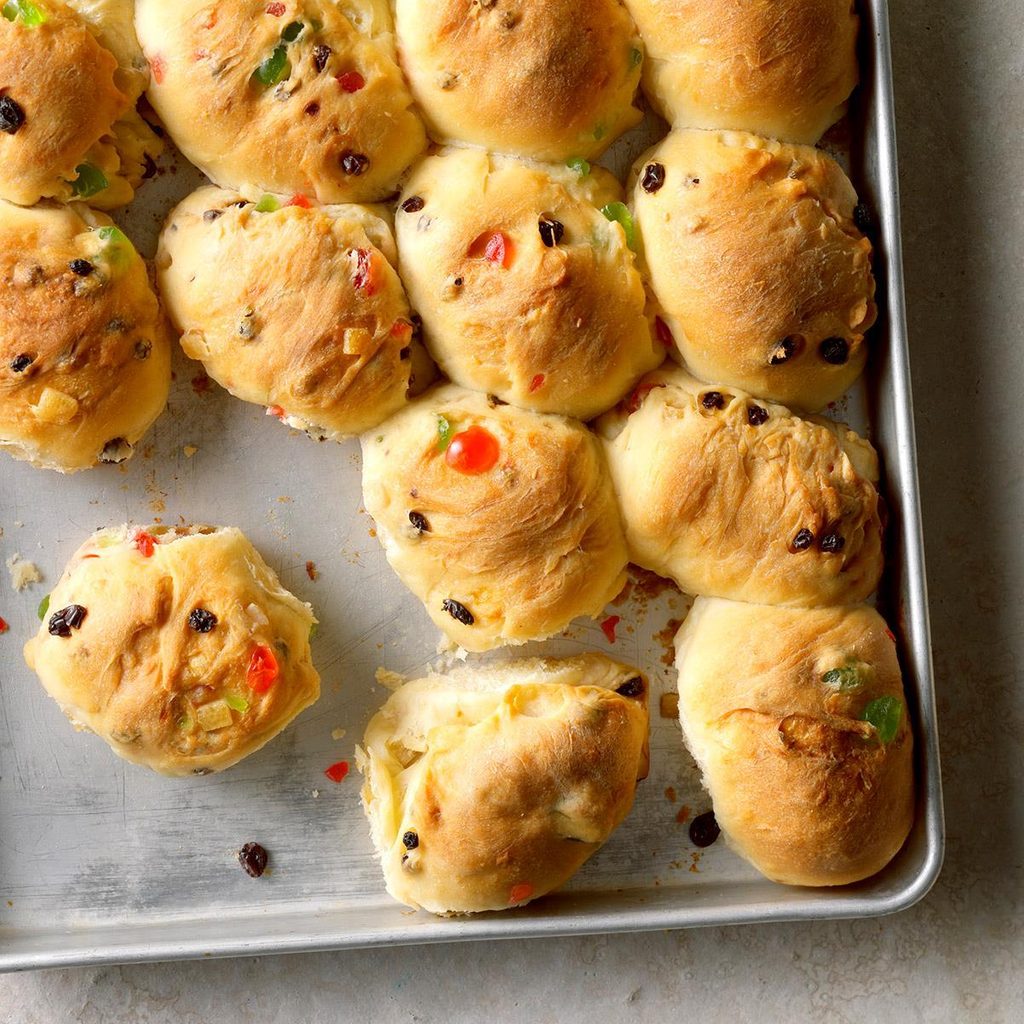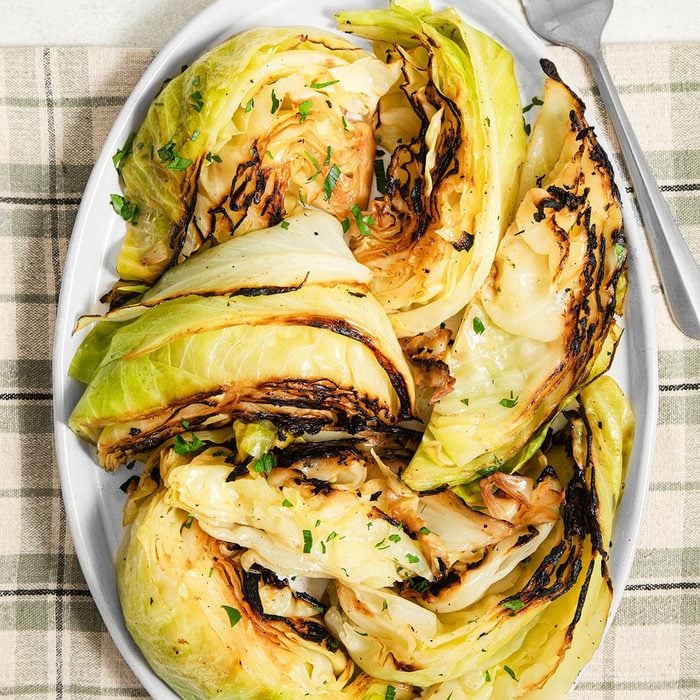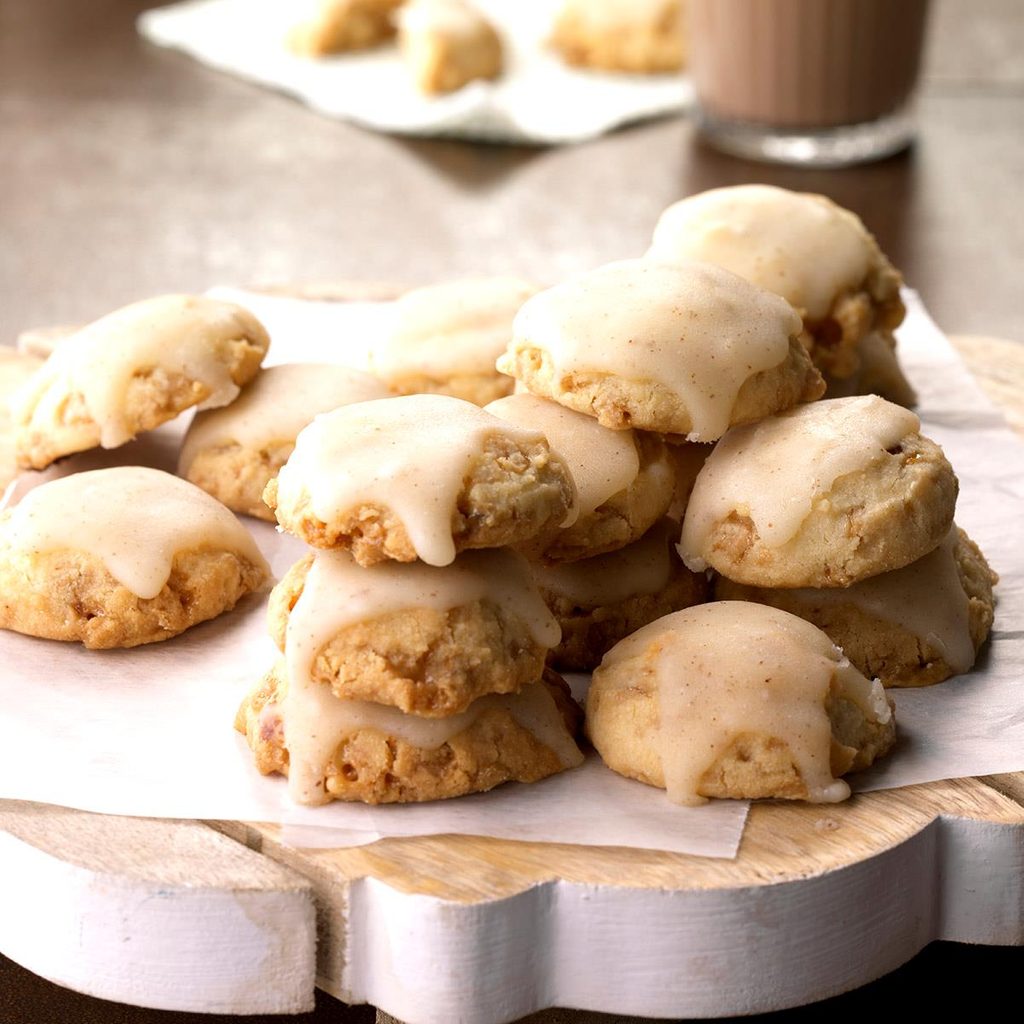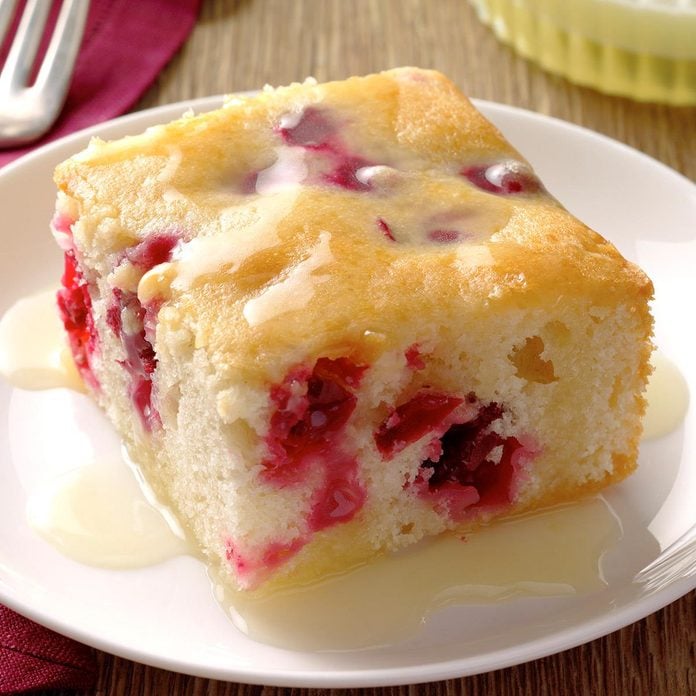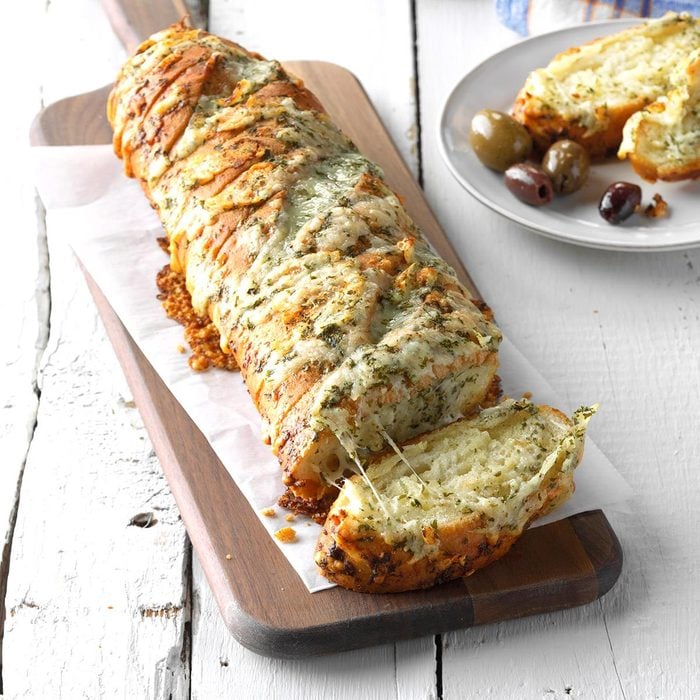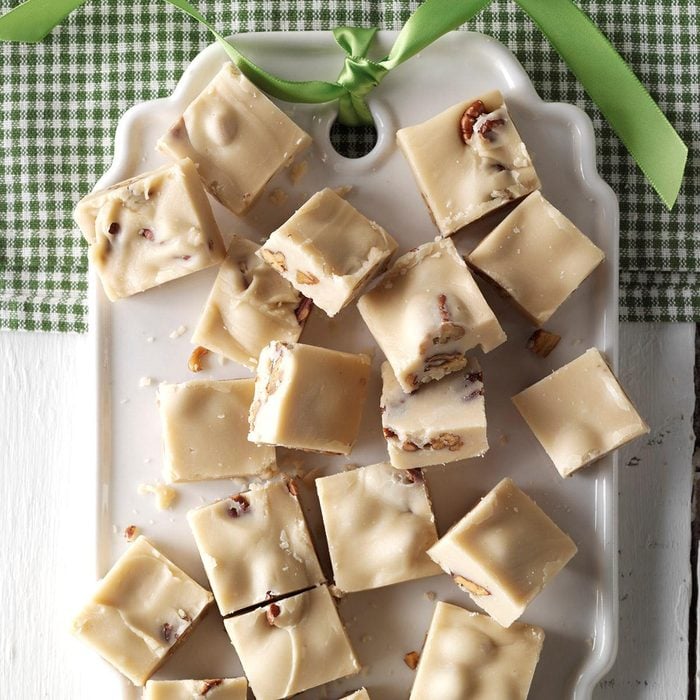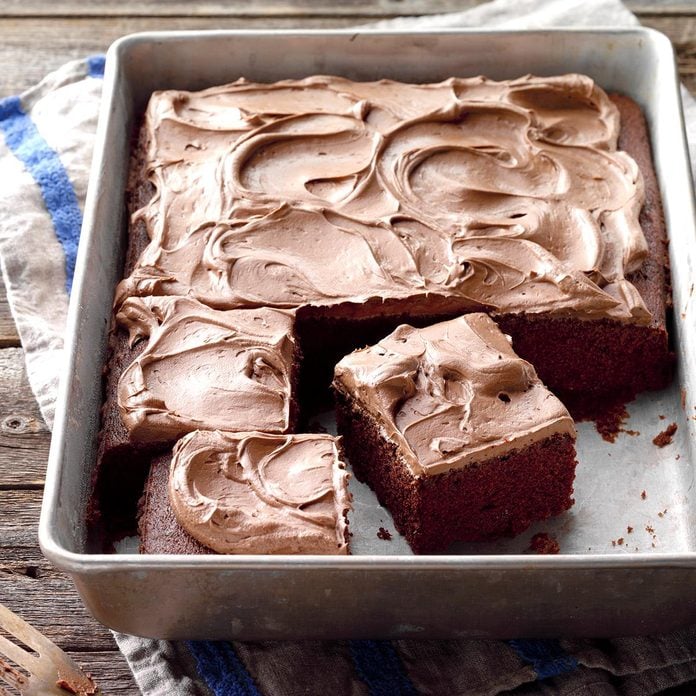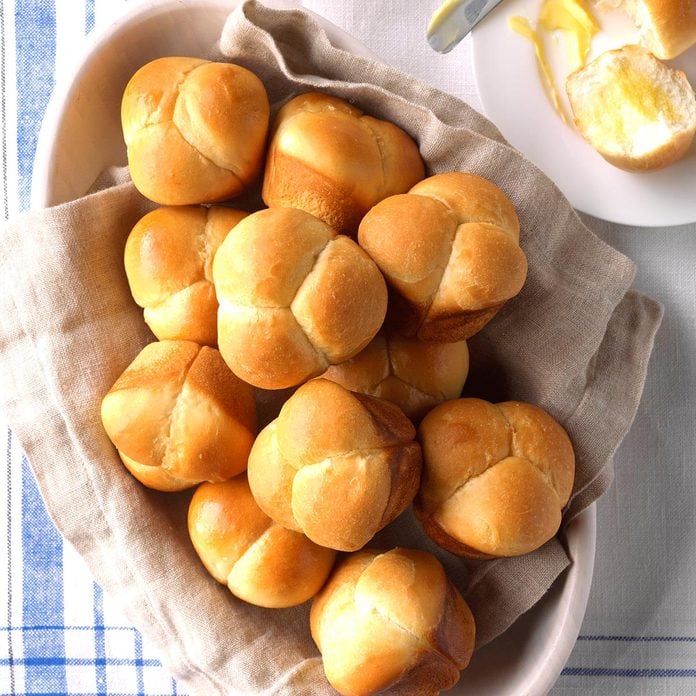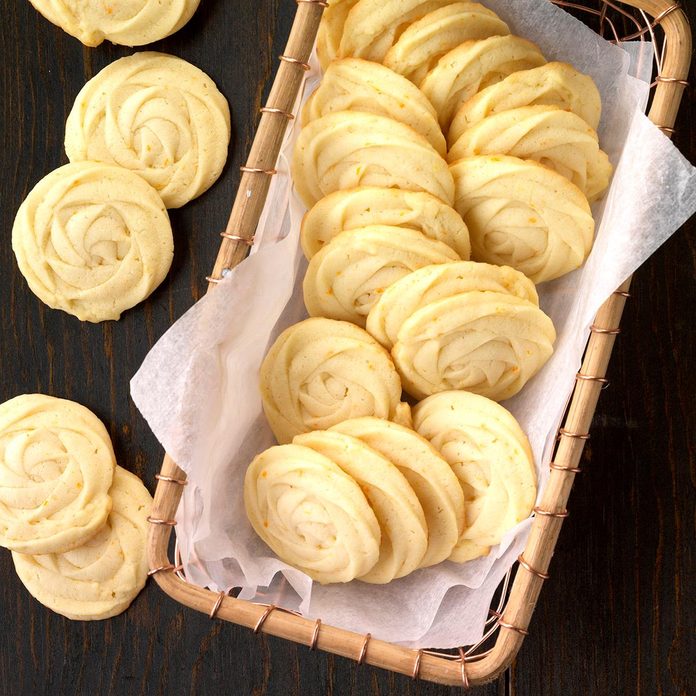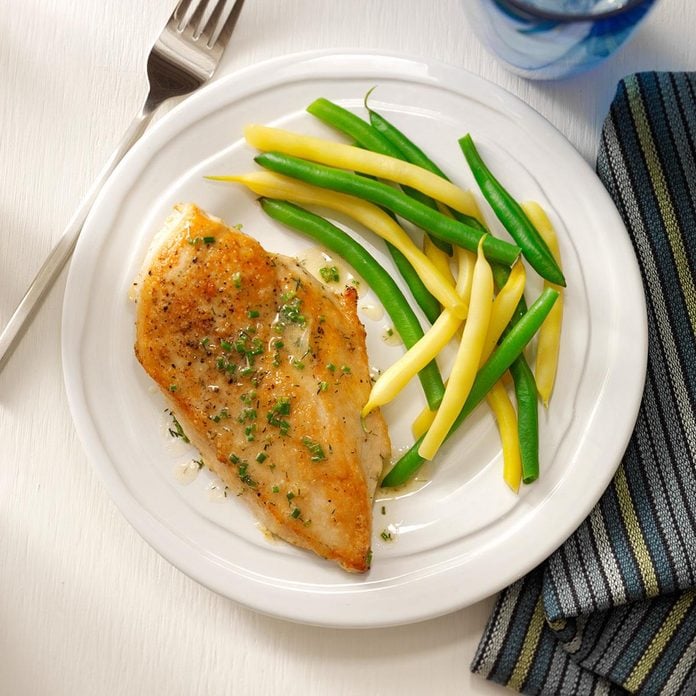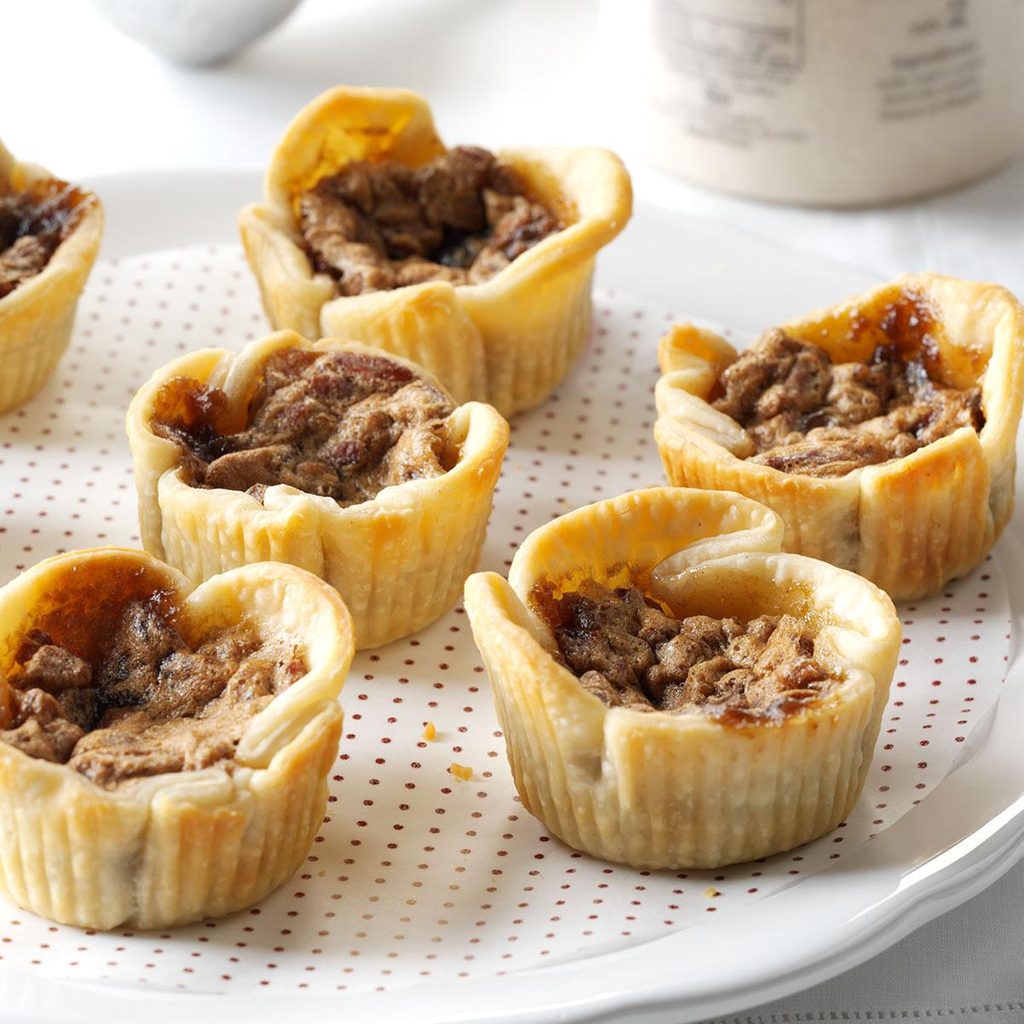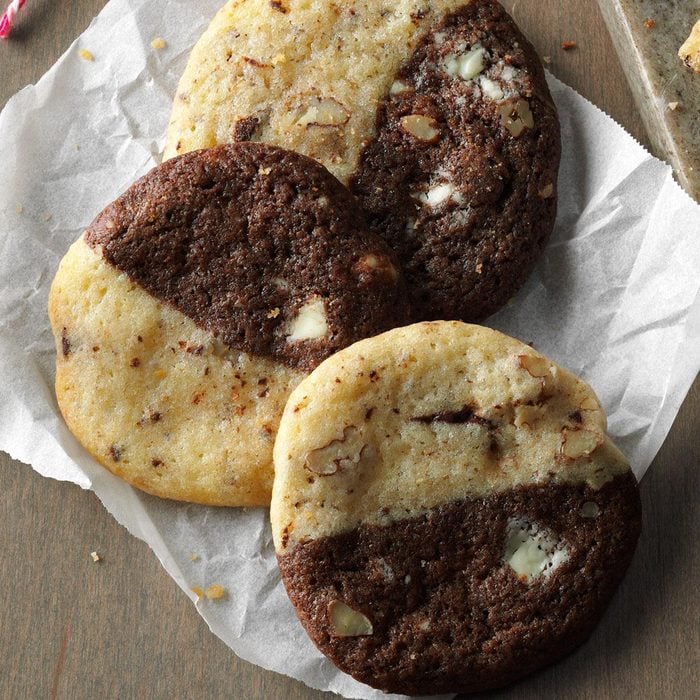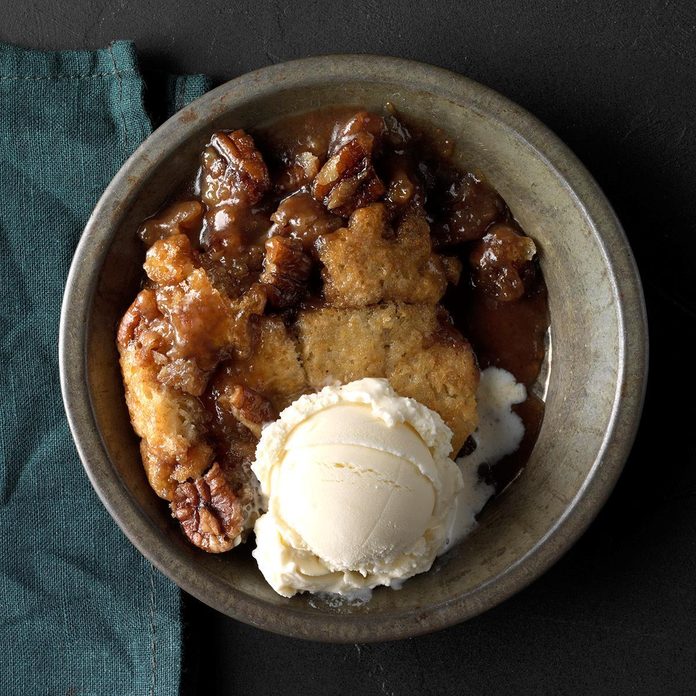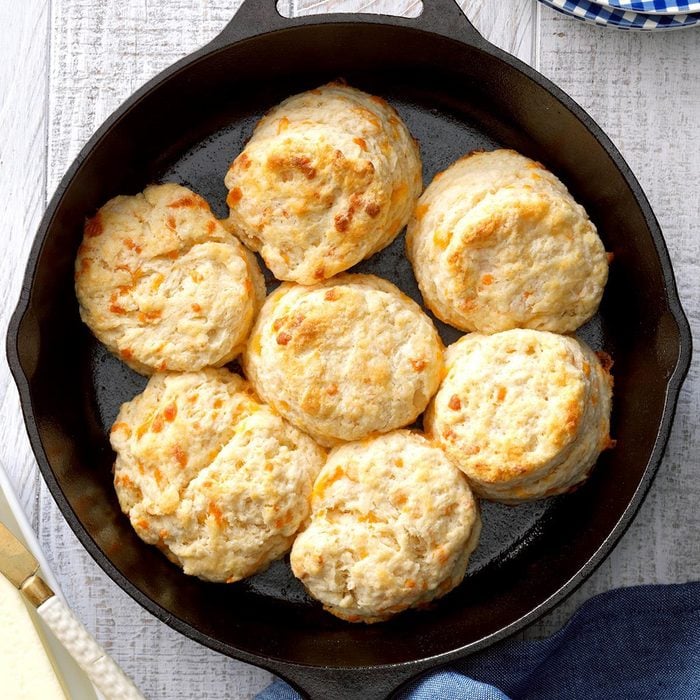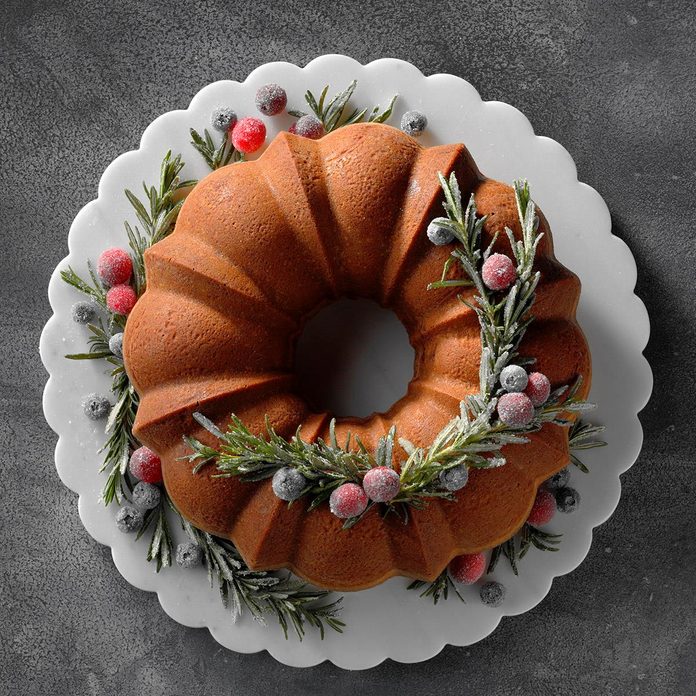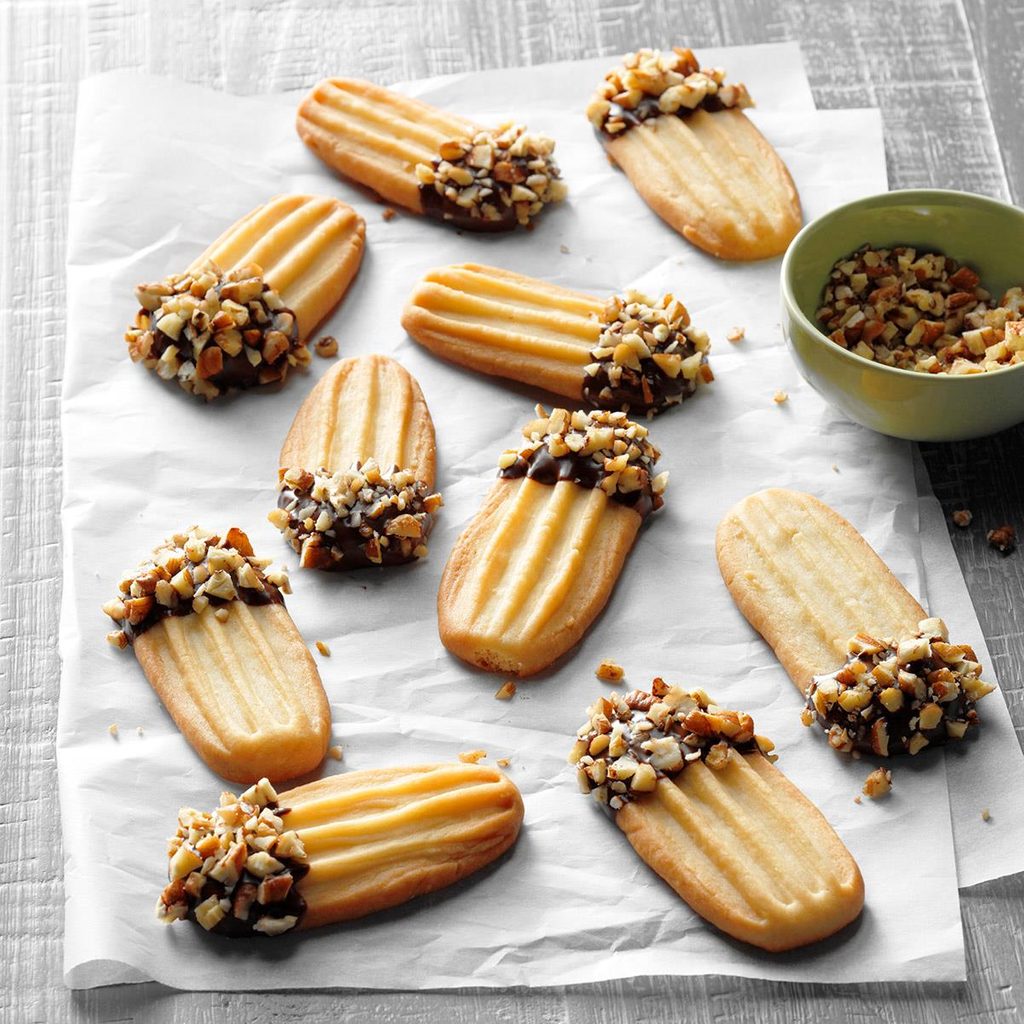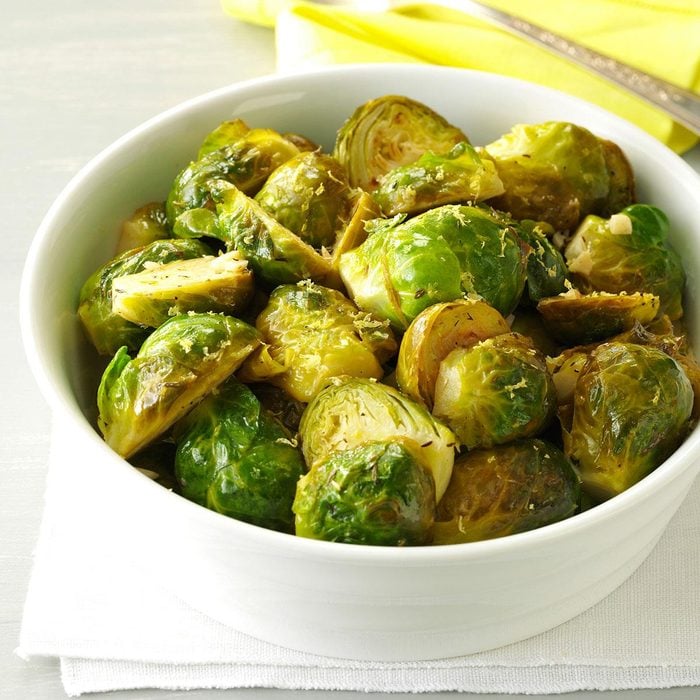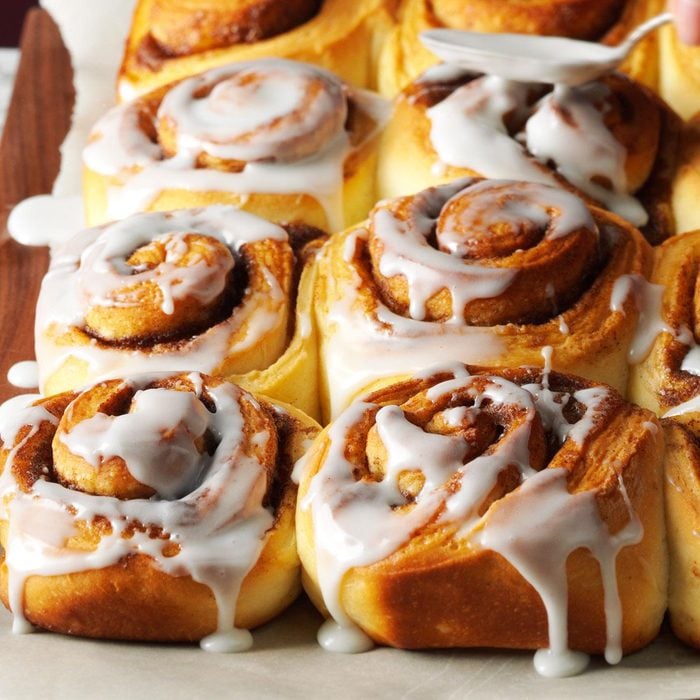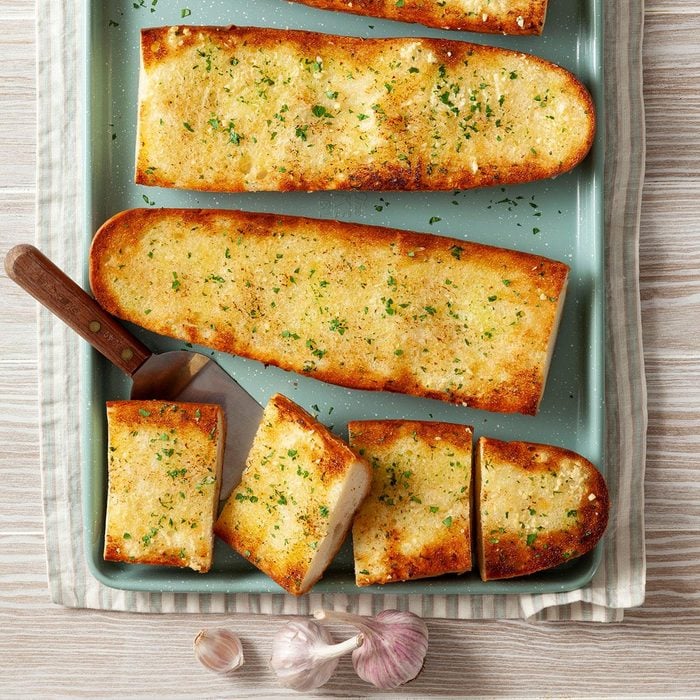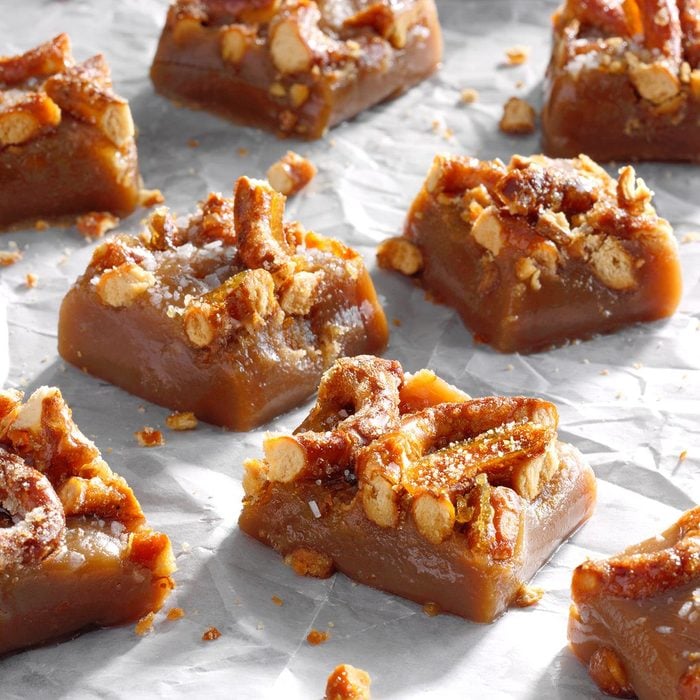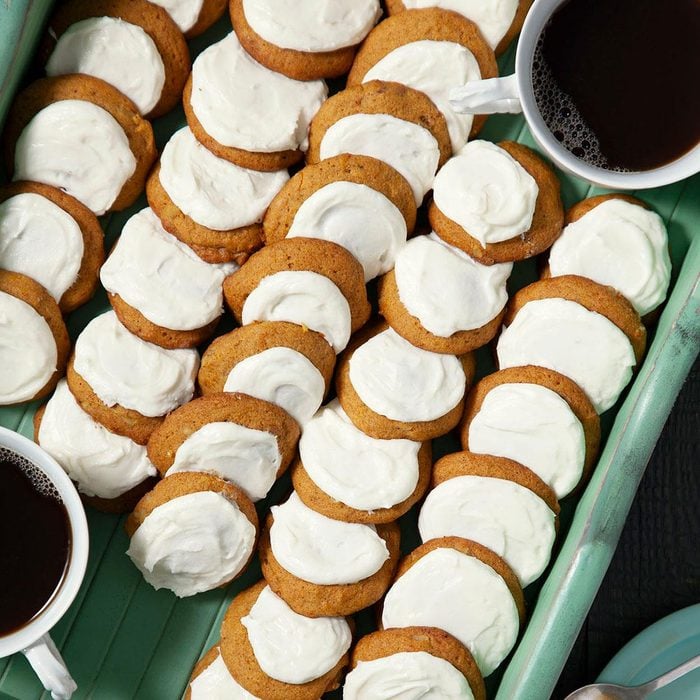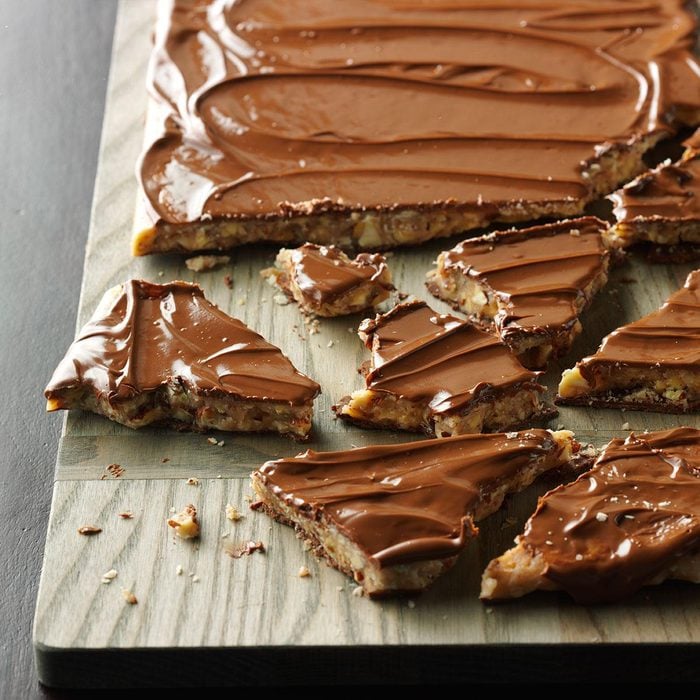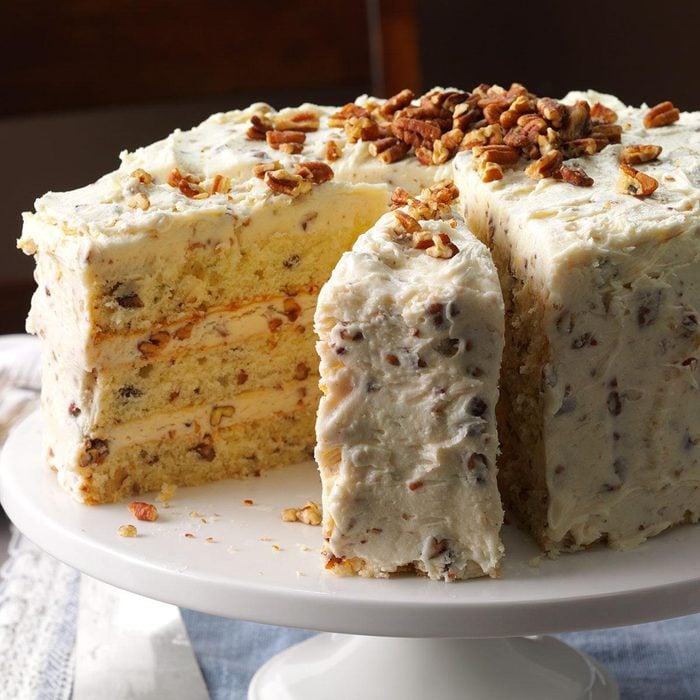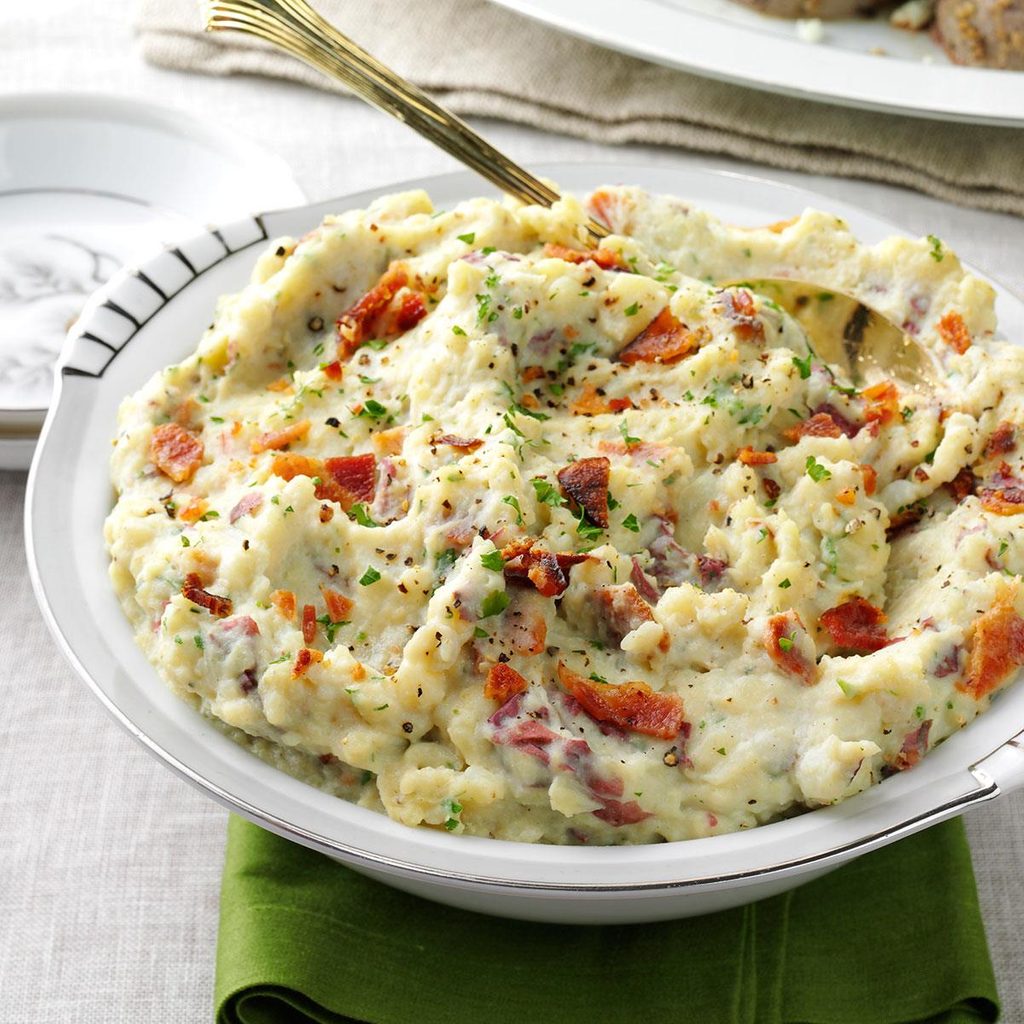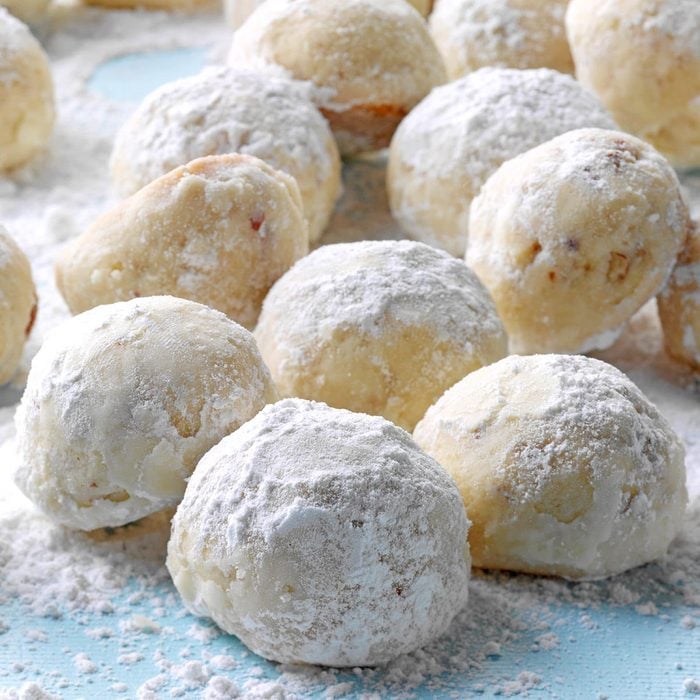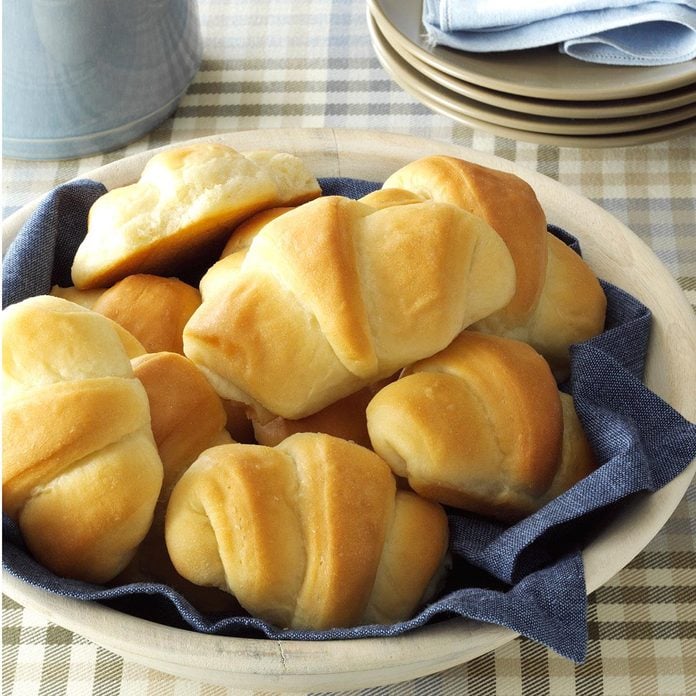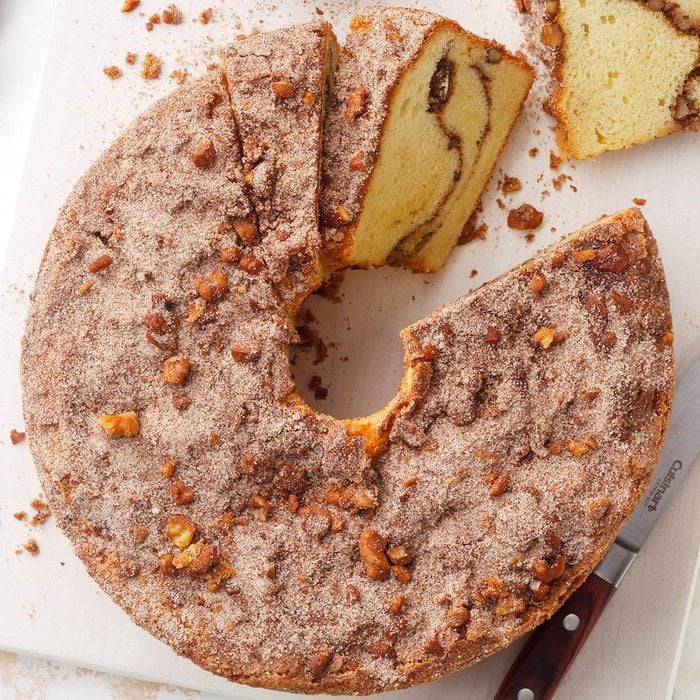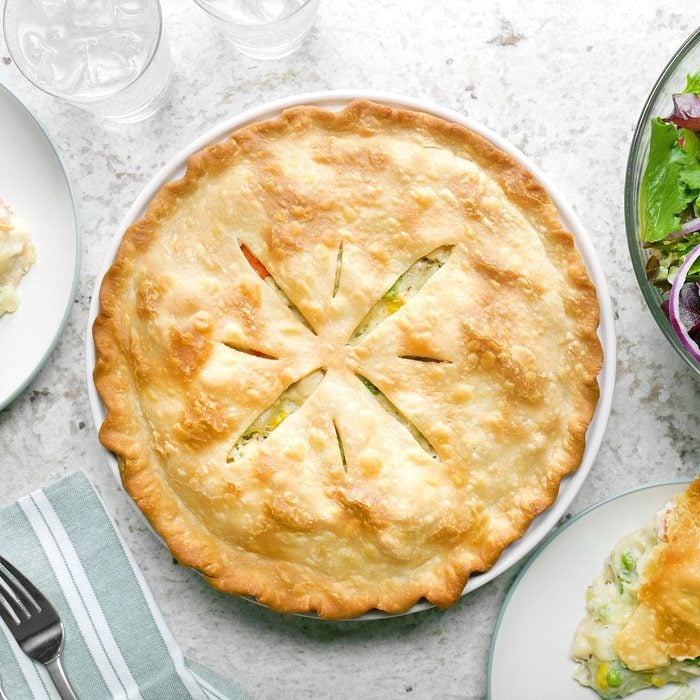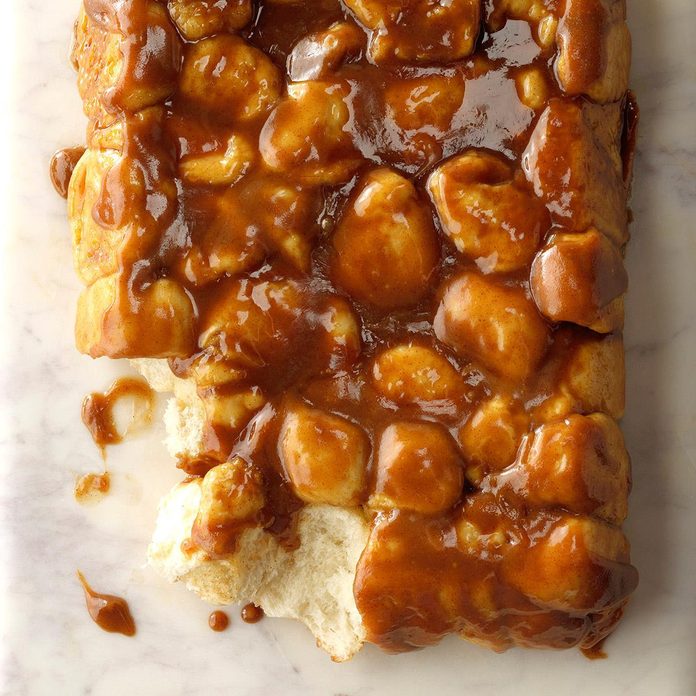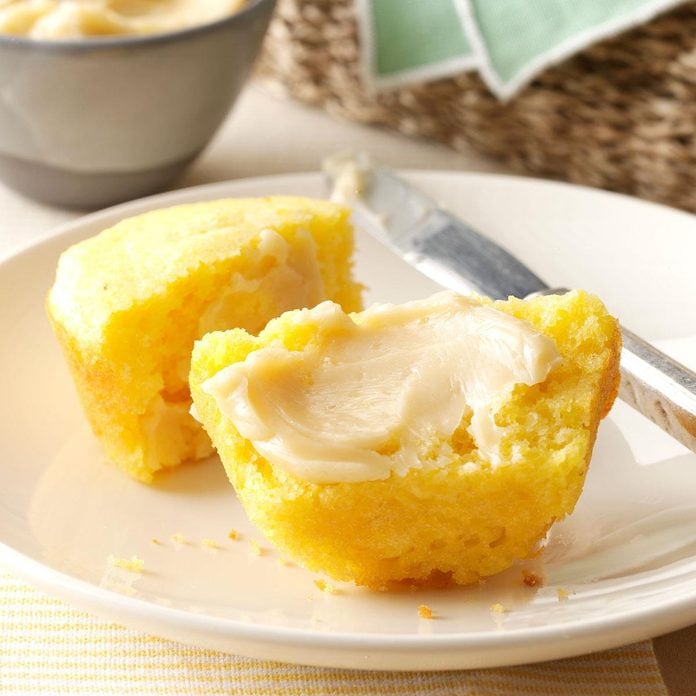Serious bakers know the importance of good butter. Butter is what makes pie crusts so flaky, what makes homemade biscuits sing and shortbread cookies melt in your mouth. If you’re a baker that wants to level up these buttery recipes, you might want to skip your go-to brand and opt for another option: cultured butter.
Unfamiliar with cultured butter? No worries. We’ll answer all your questions, like what is cultured butter? and why is it so darn good?
How Is Cultured Butter Different from Traditional Butter?
The everyday butter you reach for at the supermarket is made from a pretty simple recipe; it’s just fresh cream that’s been churned and churned until it forms solid butter. That’s it (unless you prefer salted butter, then it’s cream and a touch of salt).
Cultured butter, however, follows a slightly different process. To make cultured butter, bacterial cultures are added to pasteurized cream. This cream is left to ferment. During that time it thickens and, according to Adeline Druart, President of Vermont Creamery, “develops wonderfully tangy flavor notes.”
Fermentation times vary, but Adeline has this to say: “Making cultured butter is much like making wine: you want to ferment your cream like grapes, slowly, to produce the best aromas. The longer you culture, the better.” At Vermont Creamery, the cream rests for 20 hours before being churned.
What Does Cultured Butter Taste Like?
Culturing the cream definitely affects how this type of butter tastes. In the words of Taste of Home’s Prep Kitchen Manager and pro baker Catherine Ward, “cultured butter is so extra!”
Essentially, cultured butter has a more pronounced butter flavor. It’s creamier than traditional butter with just a slight tang from the cultures—the same way you can detect a bit of tanginess in buttermilk or yogurt. If you opt for salted cultured butter, that flavor will be even more noticeable.
To put it simply, if you enjoy using butter in your bakes, you’ll enjoy the flavor of cultured butter.
When Should You Use Cultured Butter?
You can use cultured butter in any dish that calls for butter—no need for any conversions or alterations to your recipe.
While you can use cultured butter in any recipe, it really shines in baking. According to Deputy Editor James Schend, “it will only make things better.” Not only will the flavor come through in your bakes, but James also explains that this butter’s slight acidity can produce more tender bakes.
This being said, cultured butter is more expensive than your regular box of butter. You’ll likely want to use it in recipes where the butter really stands out. James recommends using cultured butter to make biscuits, pancakes, shortbread or pound cake. In these recipes, you’ll really notice the extra flavor that cultured butter provides.
Where Can You Buy Cultured Butter?
You can find cultured butter in most grocers’ dairy cases alongside other butter options. Most supermarkets are carrying this unique type of butter these days. If you can’t find it at your go-to store, check out Vermont Creamery’s butter finder. You’ll find a location near you selling their cultured butter so you can try it yourself.
Make These Recipes That Are Better with Butter
St. Louis Gooey Butter Cake
A friend gave me a quick version of this
gooey butter cake recipe using a cake mix, but I prefer baking from scratch, so I came up with my own. My family can't get enough! The middle will sink a little; this is normal. This dessert is delicious served warm or cold. And always make sure you're using the
best butter you can find! —Cheri Foster, Vail, Arizona
Go to Recipe
Wisconsin Butter BurgersIt’s no secret that Wisconsinites love their dairy—so much that they sometimes top their burgers with a generous pat of butter.
My recipe is a lot like the butter burgers you’ll find in popular restaurants all over the state. —Becky Carver, North Royalton, Ohio
Herb-Buttered Baby CarrotsThe herb butter can be used for everything from vegetables to roast chicken, turkey, game hens—let your imagination be your guide.—Sandra Corey, Caldwell, Idaho
Dreamy PolentaI grew up eating polenta, so it’s a must at my holiday gatherings. Traditional recipes require constant stirring, but using my handy slow cooker allows me to turn my attention to the lineup of other foods on my spread. —Ann Voccola, Milford, Connecticut
Layered Yellow Cake with Chocolate ButtercreamThis yellow cake will become your go-to recipe for birthdays, but the tender cake with flavorful chocolate buttercream is truly perfect for any occasion. —
Taste of Home Test Kitchen, Milwaukee, Wisconsin
Lemon Popovers with Pecan Honey ButterMy mom passed this recipe down to me many years ago. We love the delicate lemon flavor with the pecan honey butter. The popovers are a nice addition to any dinner, but they're especially delicious at breakfast with a bowl of fruit and yogurt. —Joan Hallford, North Richland Hills, Texas
Buttery Herb Roasted ChickenRoasting chicken is always such a comforting thing, especially when you can pick the herbs right from your garden and pair them with some fresh citrus to smear across the bird! My family can't get enough of this herb-roasted chicken recipe. —Jenn Tidwell, Fair Oaks, California
Easy BiscuitsWhip up this buttery, easy biscuit recipe to serve with breakfast or dinner. The dough is very simple to work with, so there's no need to roll with a rolling pin; just pat to the right thickness. —
Taste of Home Test Kitchen
Kentucky Butter CakeI found this Kentucky butter cake recipe in an old cookbook I bought at a garage sale and couldn’t wait to try it. I knew it had been someone’s favorite because of the well-worn page. —Joan Gertz, Palmetto, Florida
Original Brown Butter Refrigerator CookiesI especially like these cookies because they’re quick and easy to prepare. I can mix them up in a few minutes and pop them into the refrigerator or freezer until I’m ready to bake. These cookies won
Country Woman’s first-ever recipe contest back in December 1970. —Ione Diekfuss, Muskego, Wisconsin
Sauteed Tarragon RadishesWho says radishes only belong in salads? These sautéed radishes are cooked in wine and tarragon, and may just change the way you look at radishes forever. These can be served on their own, or added to your favorite au gratin recipe. —Taste of Home Test Kitchen
Oma’s Apfelkuchen (Grandma’s Apple Cake)My husband’s German family calls this
Oma’s apfelkuchen, which translates to "Grandma’s apple cake." They’ve been sharing the recipe for more than 150 years. I use Granny Smith apples, but any variety works. —Amy Kirchen, Loveland, Ohio
Grilled Veggies with Caper ButterWe enjoy the tart, peppery taste of capers. No one likes a bland veggie, and caper butter helps peppers, squash and zucchini shine. —Danyelle Crum, Indian Trail, North Carolina
Aunt Rose's Fantastic Butter ToffeeI don't live in the country, but I love everything about it—especially good old-fashioned home cooking! Every year, you'll find me at our county fair, entering a different contest. This easy toffee recipe is a family favorite. —Kathy Dorman, Snover, Michigan
Blood Orange Caramel Tarte TatinI never had blood oranges until I moved to California. Their growing season is pretty short, so I use them in everything I possibly can. Whenever I have something to go to, my friends demand that I bring this dessert. The sweet orange flavor pairs perfectly with brown sugar and looks so lovely. —Pamela Butkowski, Hermosa Beach, California
Browned Butter Red PotatoesI've been making my version of Dad's potatoes for years, and it goes great with any meal. Browning the butter gives the potatoes a whole new taste. —Anne Pavelak, Endicott, Washington
French Butter CookiesThe Brittany region of France is known for its use of butter. These French butter cookies, also known as sable Breton, shine the spotlight on the famous ingredient. This recipe is mildly sweet, rich, crisp and has a hint of salt. You won't be able to resist having a second—or third. —Taste of Home Test Kitchen, Milwaukee, Wisconsin
Classic Butter Pie PastryThis all-butter pie crust makes a flavorful, flaky pie. It is easy to handle and bakes to be golden brown and beautiful—just like Mom's! —Taste of Home Test Kitchen
Buttery-Onion Corn on the CobMy mother has been making this oven-roasted corn on the cob recipe for years. Every time I make it for company they rave and can't believe how easy it is! —Lisa Denson, Decatur, Alabama
Buttery Whiskey-Glazed Pearl OnionsI always have pearl onions on hand to add to stews and vegetable dishes—they're great pickled too. Every Thanksgiving, I make this glazed onion dish. It can easily be made ahead and reheated. —Ann Sheehy, Lawrence, Massachusetts
Holland Butter CookiesMy great-grandmother's Holland butter cookies have been passed down in my family from generation to generation. This recipe uses only five ingredients that are usually already in the house. For different holidays, I swap the almonds for cherries, walnuts or ginger. —Tineke De Rosa, Blairstown, New Jersey
Holiday Hot Buttered Rum MixMy family loves serving this rich and delicious beverage around the holidays. It can be made with or without alcohol, so everyone enjoys it! —Alisa Pirtle, Browns Valley, California
Vanilla-Butter Sugar CookiesThese butter sugar cookies are one of my favorite cookies to bake for Christmas. The dough recipe is versatile, so you can use it for other holidays, too. Children like to help with the cookie decorating. —Cynthia Ettel, Glencoe, Minnesota
Buttery Mashed PotatoesThese creamy, buttery mashed potatoes use simple ingredients. The tricks are to use Yukon Gold potatoes and then to warm the cream and butter before adding them to the potatoes. —Rashanda Cobbins, Milwaukee, Wisconsin
Spiced Grilled Chicken with Cilantro Lime ButterThis grilled chicken gets a lovely pop of color and flavor from the lime butter—don't skip it! —Diane Halferty, Corpus Christi, Texas
Carrots LyonnaiseThis recipe from a junior high home economics class was brought home by my sister Laurie. My family liked it so much that it became a part of our Christmas dinner tradition. — Elizabeth Plants, Kirkwood, Missouri
Flaky Butterhorn RollsThe recipe for these dinner rolls, slightly sweet and so very flaky, was my mother’s. They are simple to prepare because kneading skills are not required and the dough is easy to handle. My grandchildren have renamed them "Grandma’s croissants"! —Bernice Smith, Sturgeon Lake, Minnesota
Tender Pecan LogsFolks always ask me to make these tender nutty logs. Not overly sweet, they're just right with a steaming cup of coffee or tea. —Joyce Beck, Gadsden, Alabama
Cheddar and Chive Mashed PotatoesMy husband swears my cheddar mashed potatoes are the world's best. We always have some in the freezer. Sometimes I dollop individual servings in muffin cups and reheat them that way instead. —Cynthia Gerken, Naples, Florida
Gooey Butter CookiesAs a native of St. Louis, I wanted to make a cookie version of the famous gooey butter cake. And although many gooey butter cake recipes use a cake mix, these cookies are made from scratch. —Julia TenHoeve, Richmond, Virginia
Dutch LettersThese S-shaped super flaky butter pastries filled with almond paste and topped with crunchy sugar are popular in both Iowa and Holland during the Christmas season. Here's a recipe that will let you make and enjoy them all year round. —Shirley De Lange, Byron Center, Michigan
Cast-Iron Loaded Breakfast BiscuitsThese loaded breakfast biscuits are full of hearty breakfast ingredients like eggs, bacon, mushrooms and cheese! They are perfect to bake up on the weekends, then freeze for a quick weekday breakfast. A gluten-free flour blend can be substituted for the all-purpose flour. —Courtney Stultz, Weir, Kansas
Cauliflower GratinCauliflower gratin is a lower-carb side dish that pairs well with pork, ham or beef. It's so creamy and delicious that even the kids will ask for seconds! If you like a little crunch, sprinkle buttered bread crumbs over the top after 30 minutes of baking. — Mary Zinchiak, Boardman, Ohio
Maple Butter TwistsMy stepmother gave me the recipe for a delicious yeast coffee cake shaped into pretty rings. When I make it for friends, they always ask for seconds. —June Gilliland, Hope, Indiana
Butter-Dipped Biscuit SquaresThese are the easiest and best biscuits I've ever made. They're light and buttery and they go well with virtually any meal. —
Rebekah DeWitt, Star City, Arkansas
Miso-Buttered SuccotashThe miso paste in this super simple and
healthy canned vegetable recipe gives depth and a hint of savoriness. To brighten the flavor profile even more, you could add a splash of your favorite white wine. —William Milton III, Clemson, South Carolina
Buttery Bubble BreadHomemade bread can be time-consuming, difficult and tricky to make. But this fun-to-eat monkey bread, baked in a fluted tube pan, is easy and almost foolproof. If I'm serving it for breakfast, I add some cinnamon and drizzle it with icing. —Pat Stevens, Granbury, Texas
Pumpkin Waffles with Orange Walnut ButterThis is so delicious! Bring a flourish to the breakfast table with these unique and flavorful waffle. —Brandi Davis, Pullman, Washington
Bake-Sale Lemon BarsThe recipe for these tangy lemon bars comes from my cousin, who is famous for cooking up farm feasts. —Mildred Keller, Rockford, Illinois
Grilled Corn in HusksIf you're new to grilling corn in the husk, season the ears with butter, Parmesan cheese and parsley. It's especially good! Be sure to give the corn a long soak before putting it on the grill. Hot off the grate, the kernels are moist and tender with a wonderful, sweet flavor.
—Nancy Zimmerman, Cape May Court House, New Jersey
Rainbow Butter CookiesOur family can't get through the holidays without these fun, colorful cookies. They come out of my oven by the dozens! —Lanette Tate, Sandy, Utah
Granny’s Apple Scalloped PotatoesThis scalloped potatoes with apples dish is delicious with breaded baked pork chops, which you could cook at the same time in another cast-iron pan. We are retired and it's just the two of us, but you could easily double the recipe. —Shirley Rickis, The Villages, Florida
Buttery CornbreadA friend gave me this homemade cornbread recipe several years ago, and it's my favorite of all I've tried. I love to serve the melt-in-your-mouth side hot from the oven with butter and syrup. It gets rave reviews on holidays and at potluck dinners. —Nicole Callen, Auburn, California
Buttery Grilled ShrimpThis grilled shrimp recipe is easy and delicious! These shrimp are great with steak, but for a special occasion, brush the sauce on lobster tails and grill. —Sheryl Shenberger, Albuquerque, New Mexico
Buttery Spritz CookiesThis tender spritz cookie recipe is quite eye-catching on my Christmas cookie tray. The dough is easy to work with, so it's fun to make these spritz cookies into a variety of festive shapes. This is hands-down the best spritz cookie recipe ever. —Beverly Launius, Sandwich, Illinois
Buttery Radish BaguetteMy dad and brother are crazy for radishes, and this peppery baguette appetizer is a big-time favorite. Add a sprinkle of fresh dill or parsley on top. —Kathy Hewitt, Cranston, Rhode Island
Bread Pudding with NutmegI always make this bread pudding recipe for my dad on his birthday and on holidays. He says it tastes exactly like the bread pudding with nutmeg he enjoyed as a child. —Donna Powell, Montgomery City, Missouri
Chocolate EclairsWith creamy filling and fudgy frosting, this chocolate eclair recipe is extra special. —Jessica Campbell, Viola, Wisconsin
Lemon-Butter Spritz CookiesThis recipe makes a lot of terrific cookies! It's great for Christmas when all the kids and grandkids visit. They can help decorate the cookies-not to mention help eat them! —Paula Pelis, Rocky Point, New York
Buttery Sweet Potato CasseroleWhenever we get together as a family for major holidays, my kids, nieces and nephews literally beg me to make this sweet potato casserole. It goes together in minutes with canned sweet potatoes, which is ideal for the busy holiday season. —Sue Miller, Mars, Pennsylvania
Hot Buttered Cider MixPut the butter base for this beverage in a decorative jar and attach a copy of the recipe for a great gift from your kitchen. You can omit the brandy for a kid-friendly version. —Taste of Home Test Kitchen
Thumbprint Butter CookiesThese buttery little rounds add beautiful color to a platter of treats. Fill the thumbprint in the center with any fruit preserves you like. —Taste of Home Test Kitchen
ShortbreadI live in Missouri, but many of our family recipes come from New Zealand, where I lived as a youngster. I proudly claim a Down Under heritage! These special-occasion cookies bring back warm and sweet memories of my childhood, and I'm going to make sure they're passed on to the next generation in my family—no matter where they live. —A. Swenson, Camdenton, Missouri
Roasted Potatoes with Garlic ButterA platter of golden and orange potatoes can serve double duty as your dinner centerpiece. —Elizabeth Kelley, Chicago, Illinois
Favorite Baked Potato SoupMy husband and I enjoyed a delicious baked potato soup at a restaurant while on vacation and I came home determined to duplicate the flavor. It took me five years to get the taste right! —Joann Goetz, Genoa, Ohio
Brown Sugar Pound CakeThis tender pound cake is the first one I mastered. You'll want to eat the browned butter icing by the spoonful. It tastes like pralines. —Shawn Barto, Winter Garden, Florida
Frosted Cashew CookiesWe savor these cookies at Christmas, but they're special year-round with coffee or tucked into a lunchbox. I won a ribbon with these cookies at my county fair. —Sheila Wyum, Rutland, North Dakota
Garlic-Butter SteakMade in a skillet, this quick-and-easy garlic butter steak is restaurant-quality and sure to become a staple at your house, too! —Lily Julow, Lawrenceville, Georgia
Lemon & Rosemary Butter CookiesCooling lemon and aromatic rosemary make these butter cookies stand out at the holidays. I use them to punch up the cookie trays for potlucks or as gifts.—Elizabeth Hokanson, Arborg, Manitoba
Garlic Butter ShrimpAromatics and lemon lend pleasant flavor to this garlic butter shrimp recipe. I like to serve it over wild rice mix from a box. —Sheryll Hughes-Smith, Brandon, Mississippi
Swedish Butter CookiesIt's impossible to eat just one of these Swedish cookies. Naturally, they're a favorite with my Swedish husband and children—but anyone with a sweet tooth will appreciate this treat. My recipe is "well-traveled" among our friends and neighbors. —Sue Soderland, Elgin, Illinois
Yellow Cake with Buttercream FrostingThis is a classic scratch cake. The homemade buttery frosting and crisp, sugared edges really make it stand out. —Aria Thornton, Milwaukee, Wisconsin
Stollen Butter RollsMy family members enjoy my stollen so much and say it’s just too good to be served only on holidays. I created this buttery, less-sweet dinner roll version. —Mindy White, Nashville, Tennessee
Grilled CabbageThe first time I made this, I couldn’t believe how good it was! We served it with grilled burgers and our dinner was complete. I never thought I’d skip dessert because I was full from too much cabbage! —Elizabeth Wheeler, Thornville, Ohio
Frosted Butter Rum Brickle BitesThe rum, real butter and toffee bits made these cookies my husband’s new favorite. If you’d like them less sweet, skip the frosting and sprinkle the cookies with confectioners’ sugar while still warm. —Cindy Nerat, Menominee, Michigan
Cranberry Cake with Almond-Butter SauceMake room for this recipe in your collection. Tart cranberries and sweet almond glaze turn this potluck cake into something truly special. —Betsy King, Duluth, Minnesota
Swiss Cheese BreadThis bread will receive rave reviews, whether you serve it as an appetizer or with a meal. For real convenience, you can make it ahead of time and freeze it! —Karla Boice, Mahtomedi, Minnesota
Amish Sugar CookiesThese easy-to-make, old-fashioned Amish sugar cookies simply melt in your mouth! I've passed this recipe around to many friends. After I gave it to my sister, she entered the cookies in a local fair and won best of show. —Sylvia Ford, Kennett, Missouri
Browned Butter Red PotatoesI've been making my version of Dad's potatoes for years, and it goes great with any meal. Browning the butter gives the potatoes a whole new taste. —Anne Pavelak, Endicott, Washington
Butter Pecan FudgeToasted pecans add a nutty crunch to this creamy fudge, perfect for holiday giving. People always seem to rave about its wonderful caramel flavor. —Pam Smith, Alta Loma, California
Classic Chocolate CakeIf you need to learn how to make chocolate cake from scratch, this easy homemade chocolate cake recipe is a perfect place to start. It appeared on a can of Hershey's cocoa way back in 1943. I tried it, my boys liked it, and I've been making it ever since. —Betty Follas, Morgan Hill, California
Icebox RollsI remember my mom making these rolls almost every Saturday so they'd be ready to bake on Sunday for company or someone just dropping by. Although they take a little time to prepare, they're really not all that difficult to make. And there's nothing in the stores that can compare to them! —Jean Fox, Welch, Minnesota
Mimosa Butter CookiesYou can add many different flavors to butter cookies to make them your own. Try an alternate type of citrus zest, or add an alternate liquid to change things up. —Sara Lark, Raton, New Mexico
Chicken in Lime Butter"A few ordinary, on-hand ingredients make this moist and tender chicken something really extraordinary! The flavor added by the rich, buttery sauce with a splash of lime juice is unmatched. It’s been a hands-down winner at our house for 20 some years," says Denise Segura of Draper, Utah.
Pecan Butter TartsI searched for the perfect
butter tart for ages. After many attempts, I discovered this favorite that begs for a scoop of ice cream on top. —Susan Kieboam, Streetsboro, Ohio
Double DelightsYou get the best of both worlds with these chocolate and vanilla cookies. They're an appealing addition to any cookie tray. I usually serve them at the holidays, when they're often the first cookies to disappear, but you can have them any time of year. —Ruth Ann Stelfox, Raymond, Alberta
Pecan Pie CobblerI couldn't find a recipe, so I took it upon myself to devise this amazing dessert that combines the ease of a cobbler and the rich flavor of pecan pie. It tastes even better with ice cream or whipped topping. —Willa Kelley, Edmond, Oklahoma
Buttery Ganache Cookie CupsOur family wanted to share our love of ganache-filled cupcakes, so we made them into cookies. Even better: we bake the cookies in muffin cups, fill with ganache, and get the best of both worlds! —Adela Srinivasan, Parker, Colorado
Cheddar Buttermilk BiscuitsEvery bite of these flaky biscuits get a little kick from cayenne pepper and sharp cheddar cheese. They're a nice accompaniment to soup and stew.
—Kimberley Nuttall, San Marco, California
Butter Pound CakeWhether garnished with fresh berries and sprigs of rosemary or just served plain, this rich cake is fabulous. It bakes to a beautiful golden brown and it's definitely a keeper! —Edgar Wright, Silver Spring, Maryland
Chocolate-Tipped Butter CookiesThese wonderfully moist morsels are too tempting to resist. They melt right in your mouth. Rather than sprinkling the chocolate tips with nuts, you can roll them in red and green jimmies or leave them plain. —Charolette Westfall, Houston, Texas
Lemon-Butter Brussels SproutsKick up these stovetop lemon Brussels sprouts with fresh lemon zest. Even my toddler will eat this up! — Jenn Tidwell, Fair Oaks, California
Overnight Cinnamon RollsI like to try different fun fillings in these soft rolls, and each one is packed with cinnamon flavor. They are definitely worth the overnight wait. —Chris O'Connell, San Antonio, Texas
Garlic BreadEver wonder how to make garlic bread? This homemade garlic bread is the answer! Minced fresh garlic is key to these flavor-packed crusty slices, which our big family would snap up before they even had a chance to cool. —Grace Yaskovic, Branchville, New Jersey
Beer and Pretzel CaramelsBeer and pretzels are a natural combination—mix them with smooth caramel and you have an awesome candy. The guys will go wild over these crunchy, chunky chews. —Jenni Sharp, Milwaukee, Wisconsin
Pumpkin Cookies with Cream Cheese FrostingThese easy pumpkin cookies are pleasantly spiced. Everyone enjoys the soft, cake-like texture, too. —Lisa Chernetsky, Luzerne, Pennsylvania
Old-Time Butter Crunch CandyBoth my children and my grandchildren say the season wouldn't be the same without the big tray of candies and cookies I prepare. This one's the most popular part of that collection. We love the nutty pieces draped in chocolate. —Mildred Duffy, Bella Vista, Arkansas
Butter Pecan Layer CakePecans and butter give this cake the same irresistible flavor as the popular butter pecan ice cream flavor. —Becky Miller, Tallahassee, Florida
Stilton, Bacon & Garlic Smashed PotatoesBold, savory flavor from bacon, Stilton cheese and fresh garlic take mashed potatoes to a whole new level. This side dish is so rich and satisfying, it could be eaten as an entree! —Jamie Brown-Miller, Napa, California
Pecan MeltawaysThis sweet, nutty pecan meltaways recipe is a tradition in our house at Christmastime, but the treats are delightful any time of the year. —Alberta McKay, Bartlesville, Oklahoma
Browned Butter Spice CookiesIf you like spice cake, you’ll love this recipe! Browned butter, dark chocolate and a splash of rum produce an unconventional spice cookie that’s guaranteed to please. —Kristin Kenney, Newport Beach, California
Icebox ButterhornsThese beautiful golden rolls just melt in your mouth! People will be impressed when these appear on your table. —Judy Clark, Elkhart, Indiana
Cinnamon Coffee CakeI love the excellent texture of this easy cinnamon coffee cake recipe. Always a crowd-pleaser, its pleasing vanilla flavor enriched by sour cream may remind you of breakfast at Grandma's! Make it the night before a holiday to save time in the morning. —Eleanor Harris, Cape Coral, Florida
Shortbread HeartsThese flaky cookies melt in your mouth. Dipped in chocolate, they look festive.—Barbara Birk, St. George, Utah
Best Chicken PotpieThis is the best chicken potpie recipe! Chock-full of chicken, potatoes, peas and corn, this recipe makes two golden pies, so you can serve one at supper and save the other for a busy night. —Karen Johnson, Bakersfield, California
Sticky Cinnamon-Sugar Monkey BreadYou can do all the prep work for this monkey bread the night before. I prepare the dough pieces and put all the sauce ingredients in the pan so it's ready for the morning. You can sprinkle chopped nuts in with the dough pieces before pouring the sauce on and baking. — Diana Kunselman, Rimersburg, Pennsylvania
Homemade Corn Muffins with Honey ButterI turn classic corn bread muffins into something special by serving them with a honey butter. They're gone in a flash! —Suzanne McKinley, Lyons, Georgia
